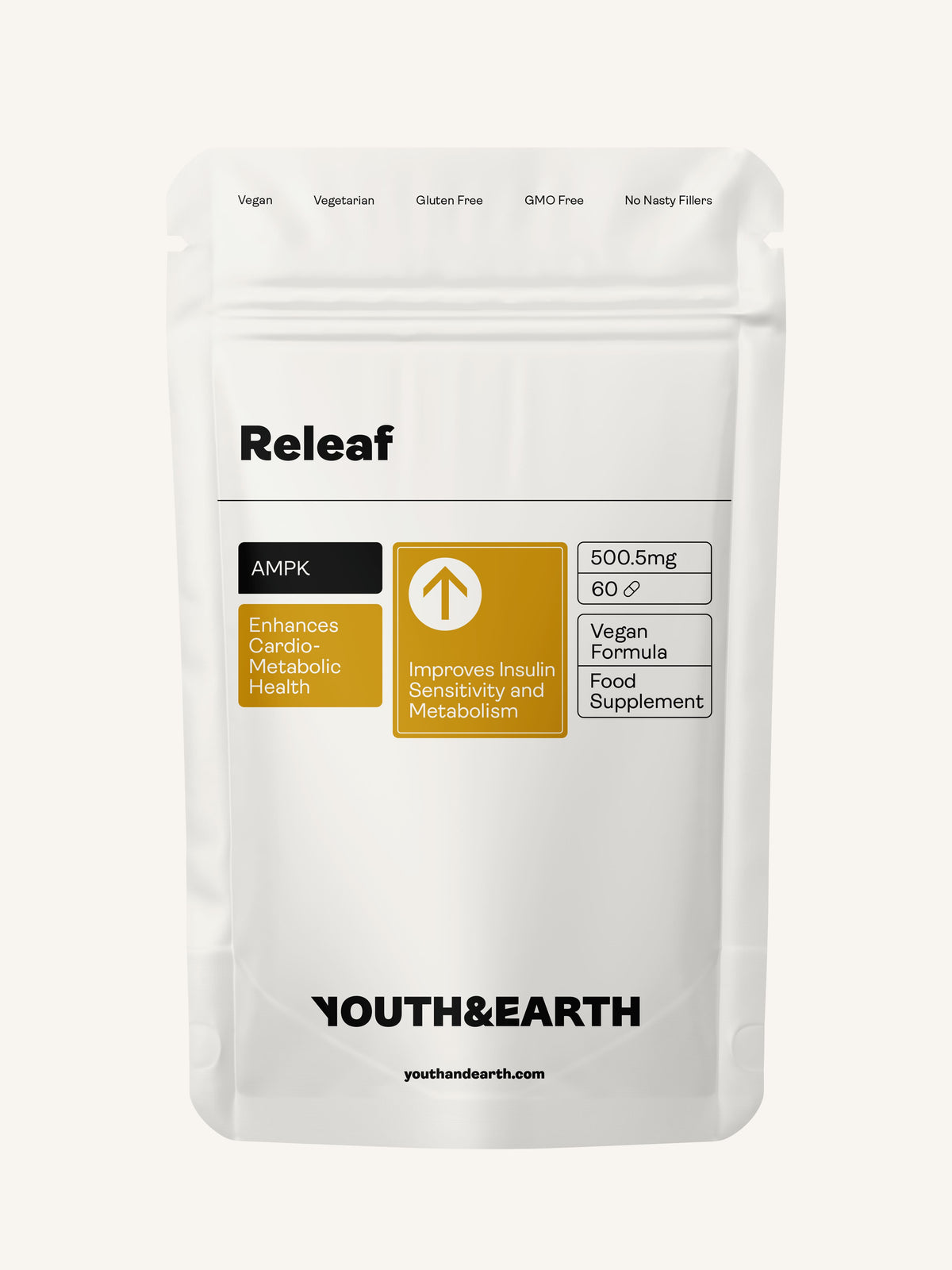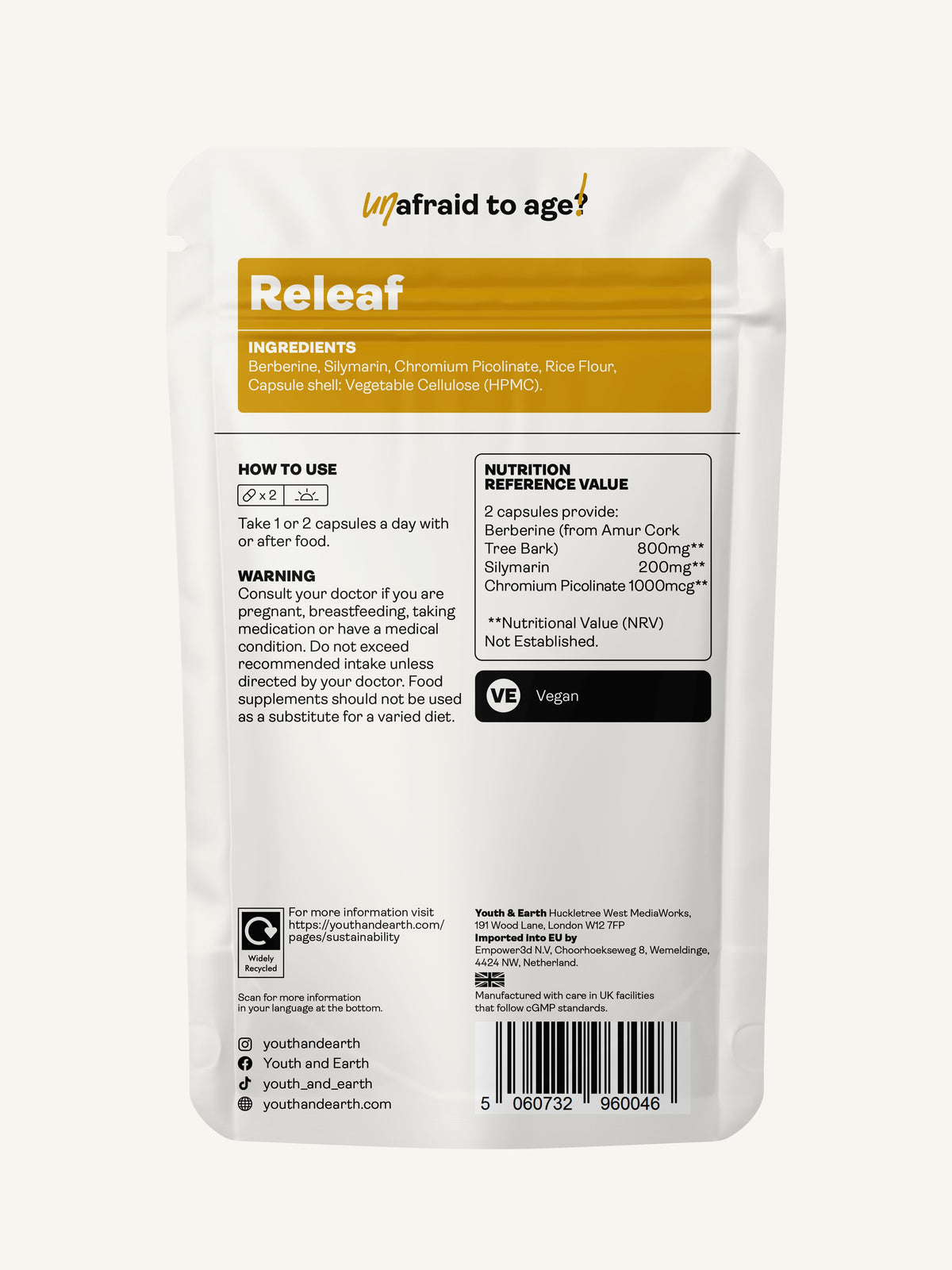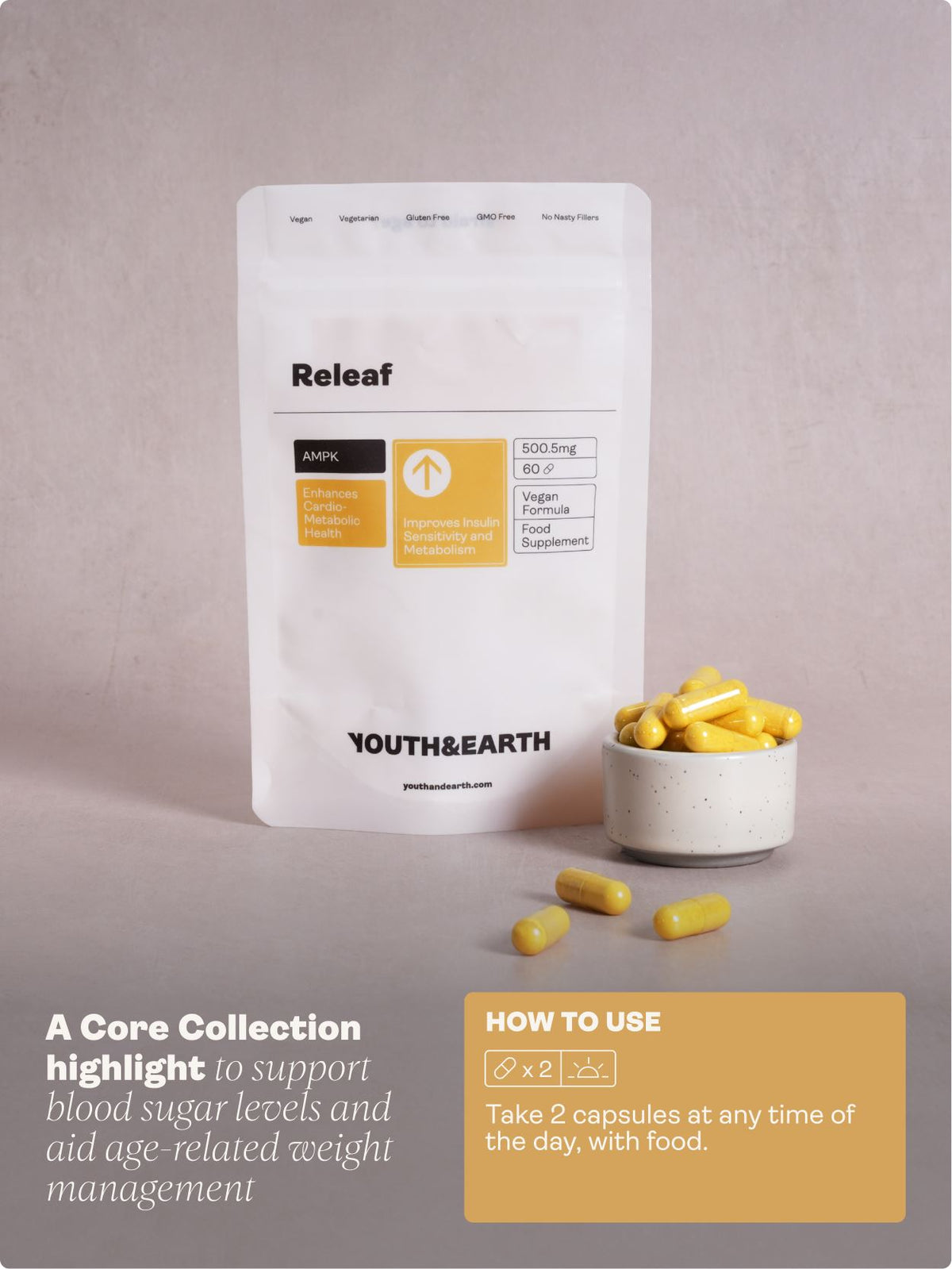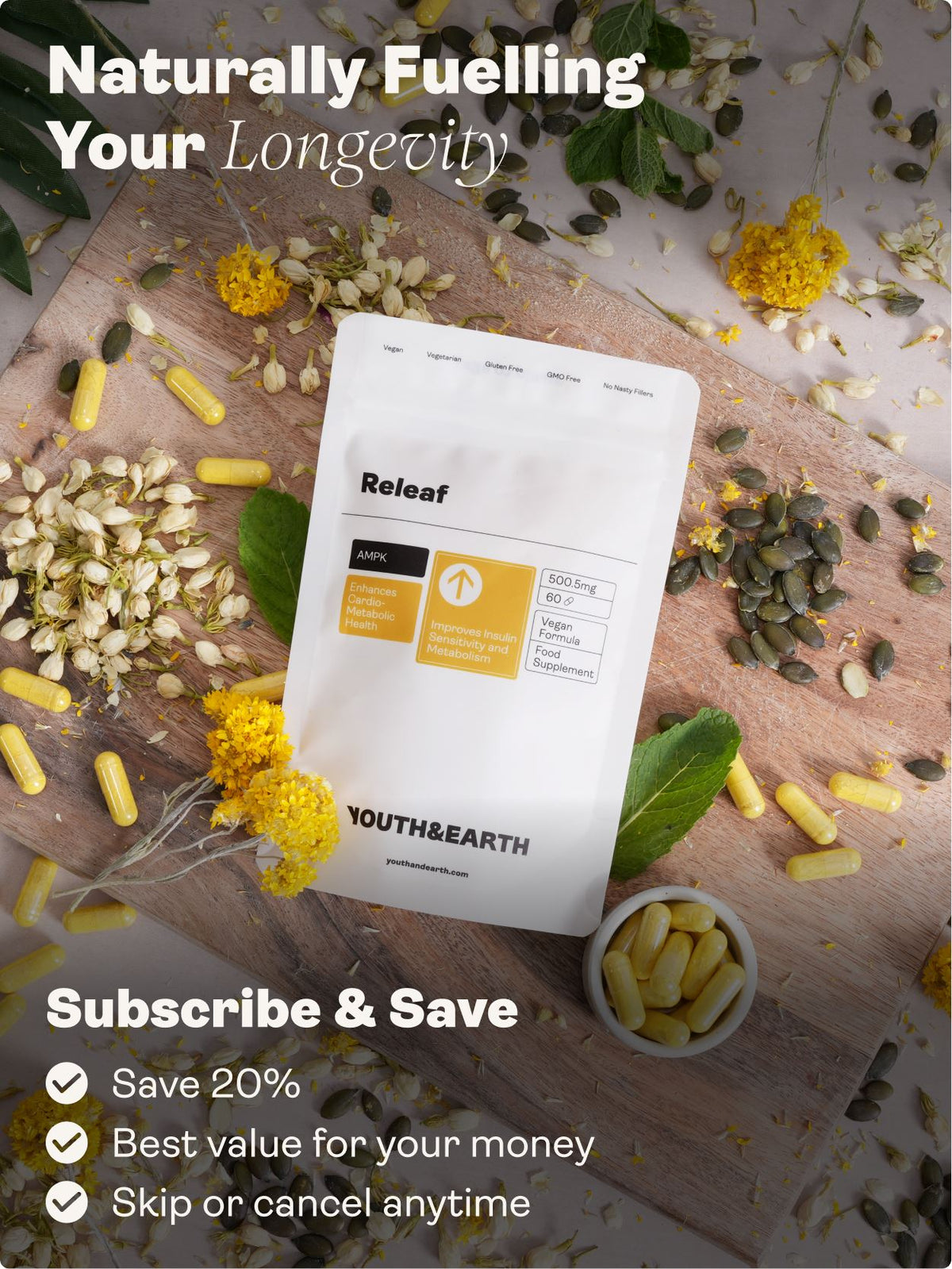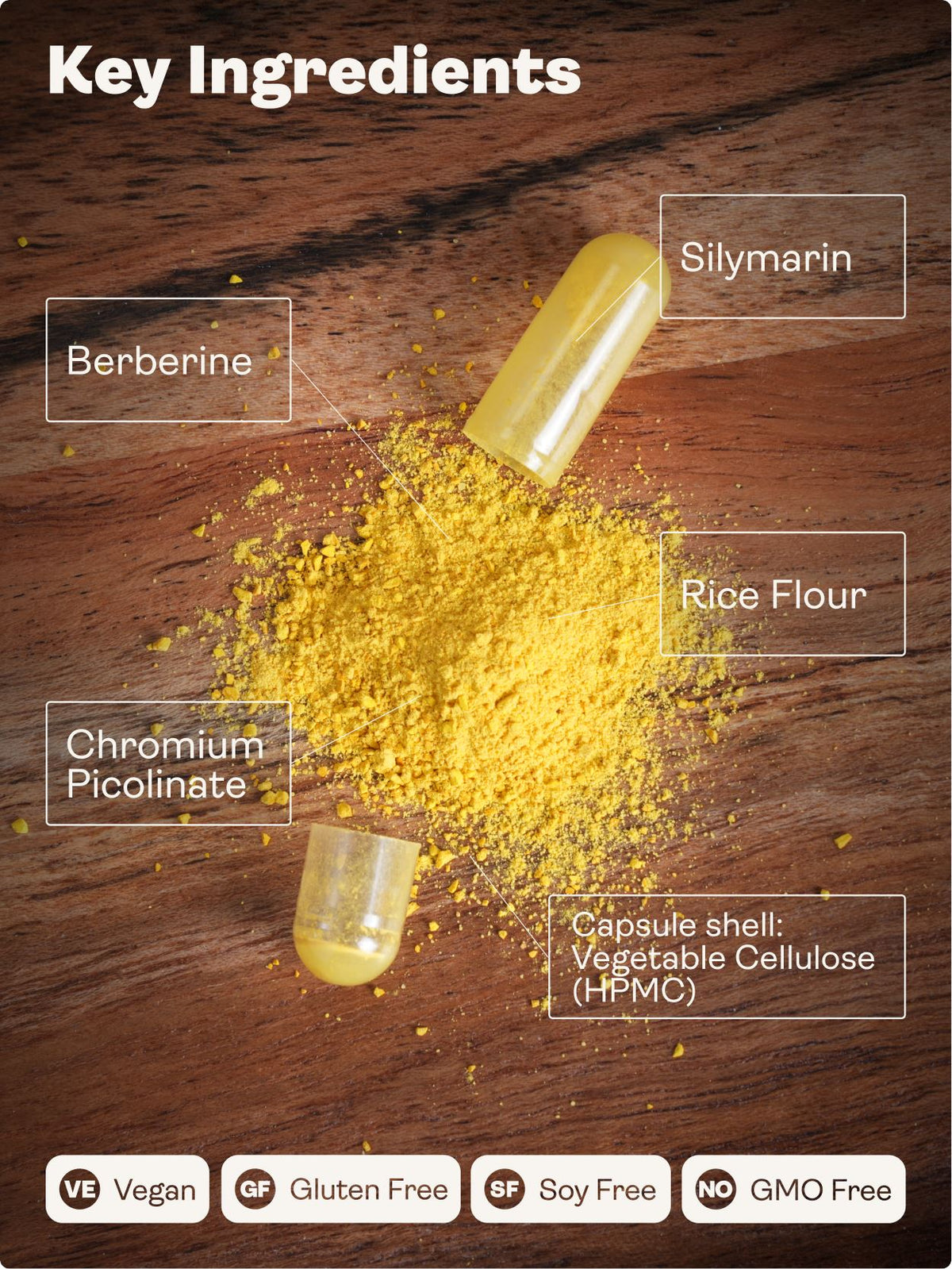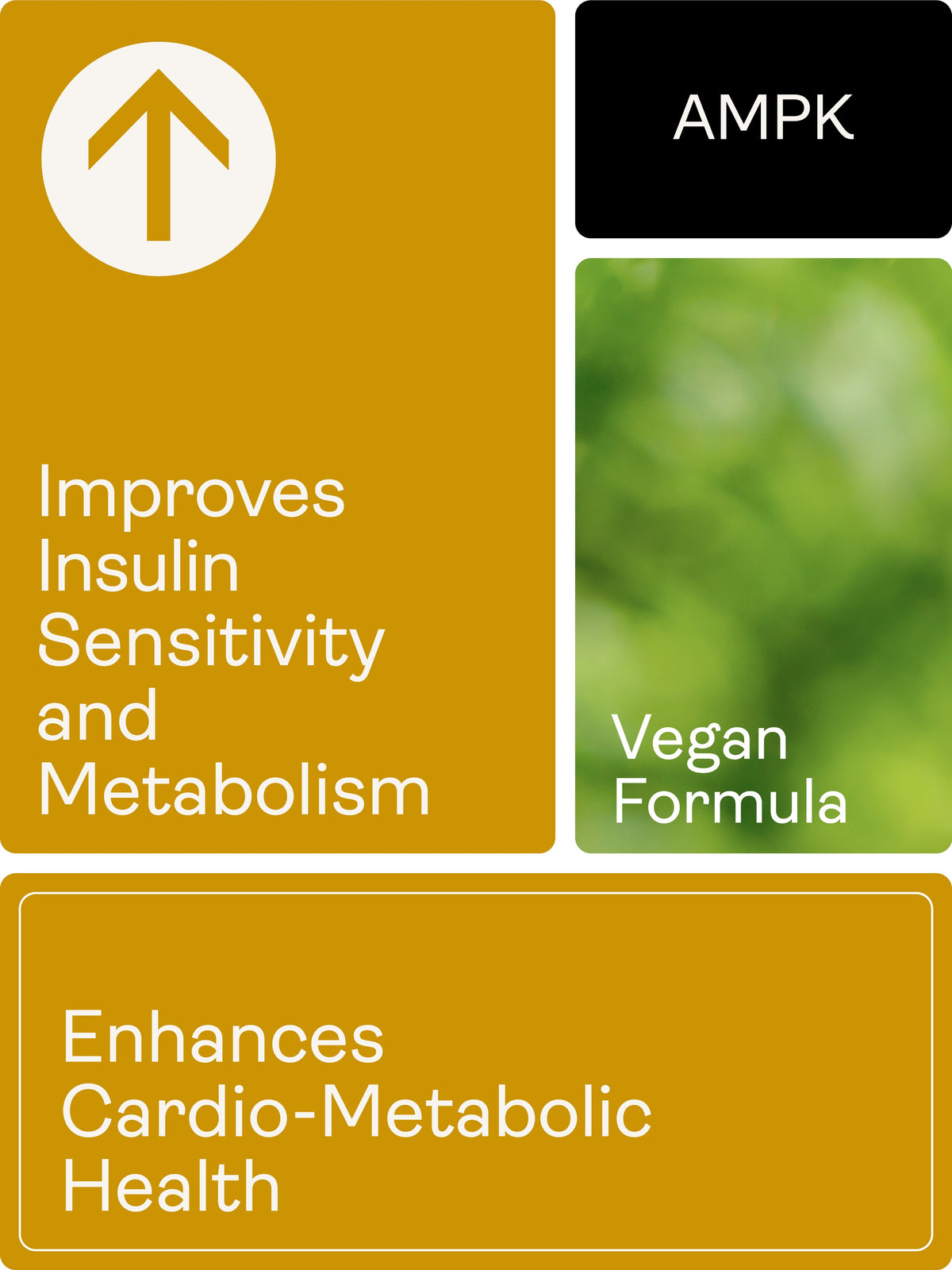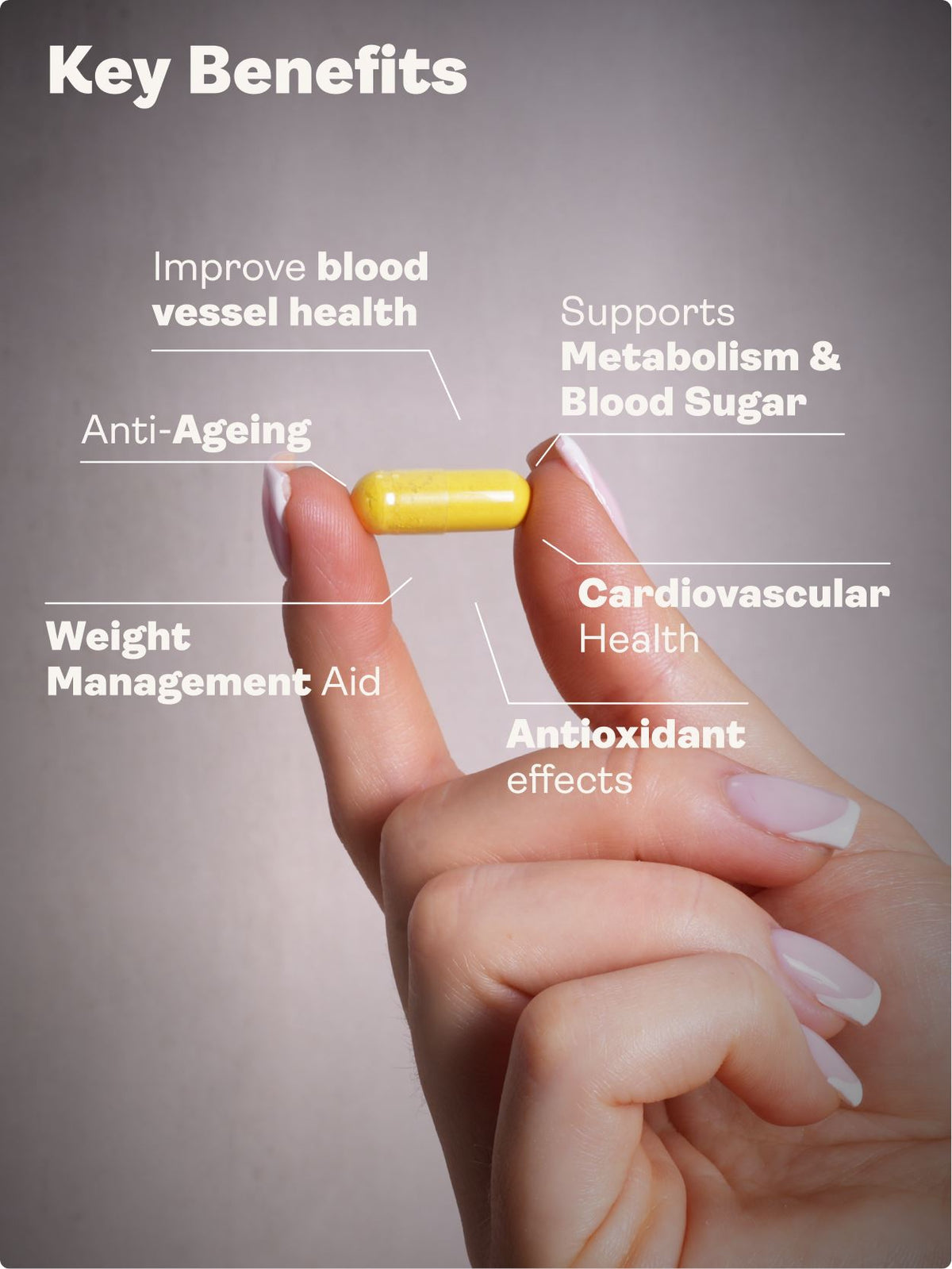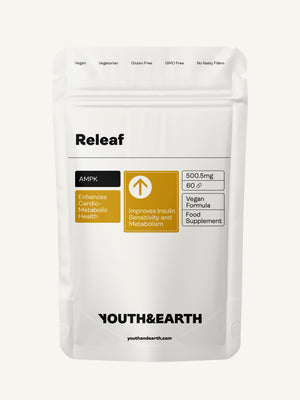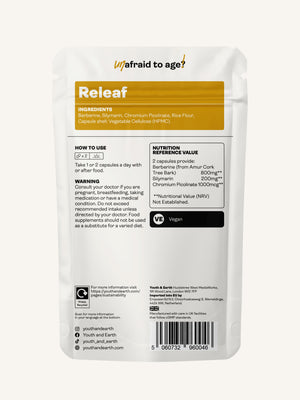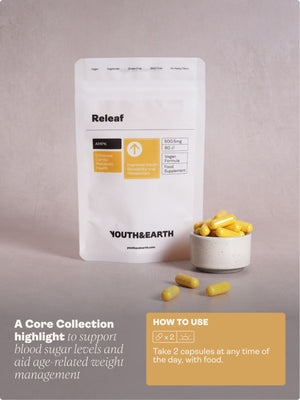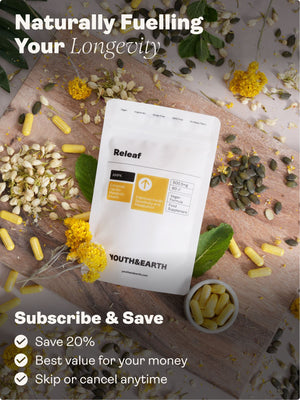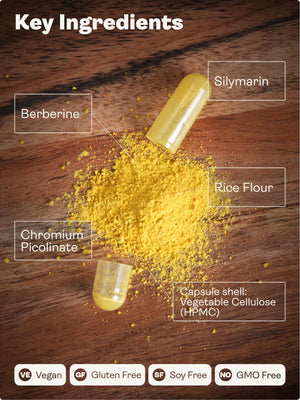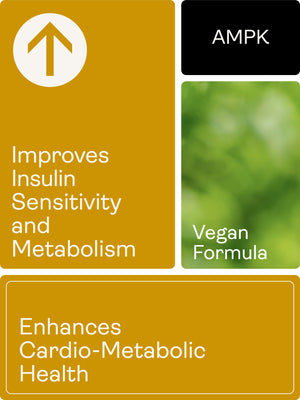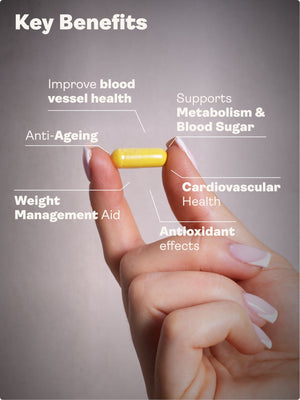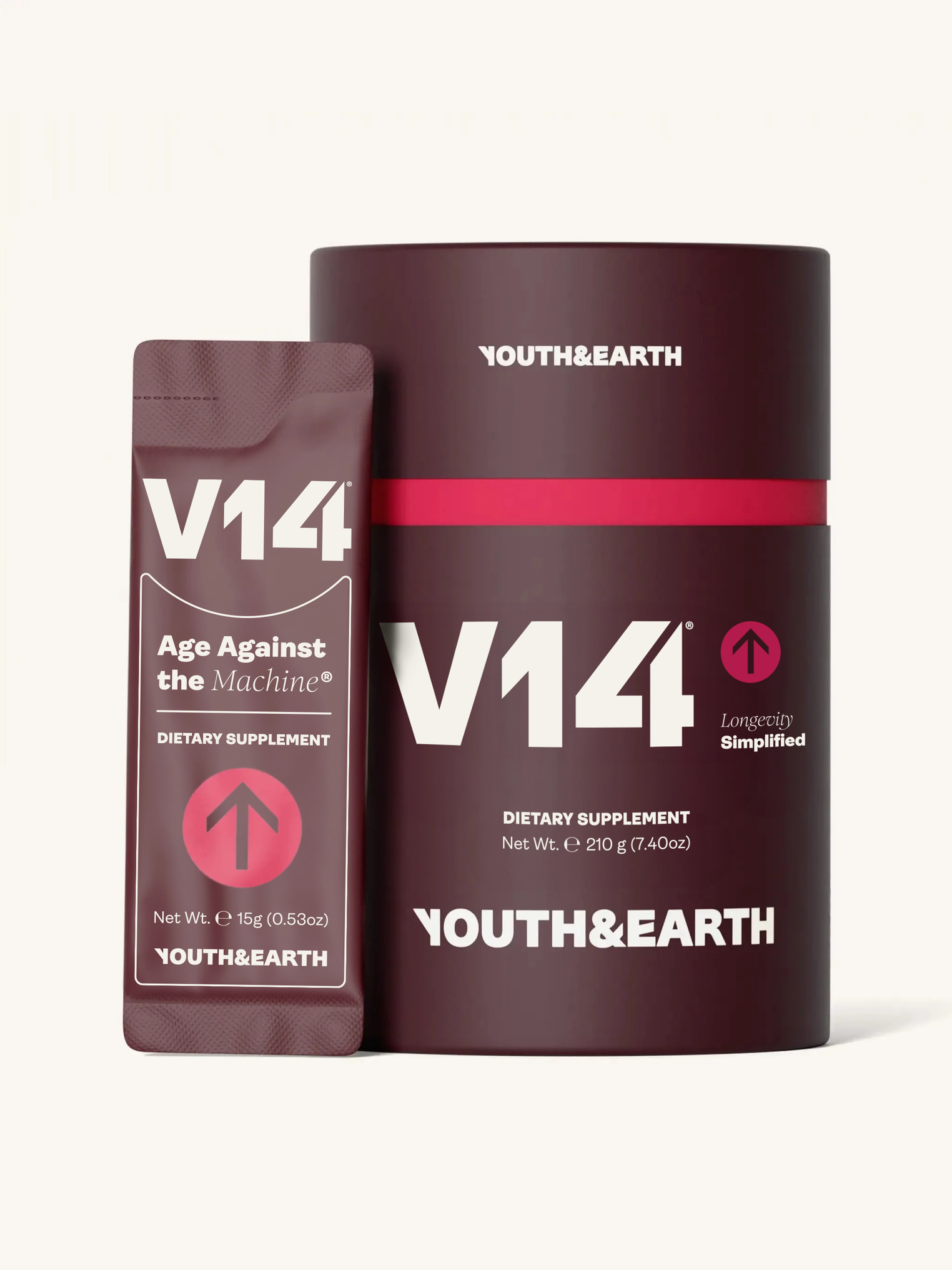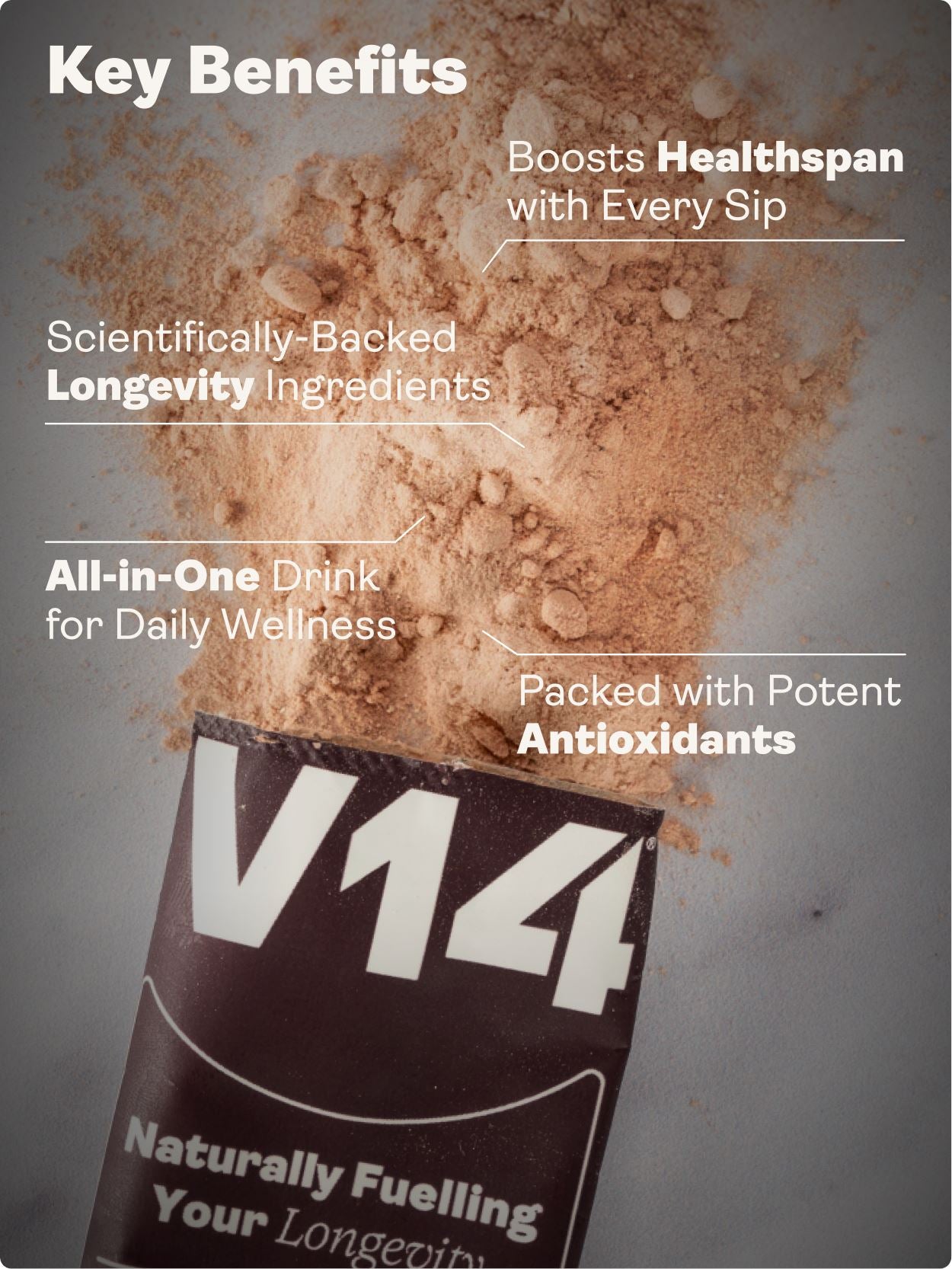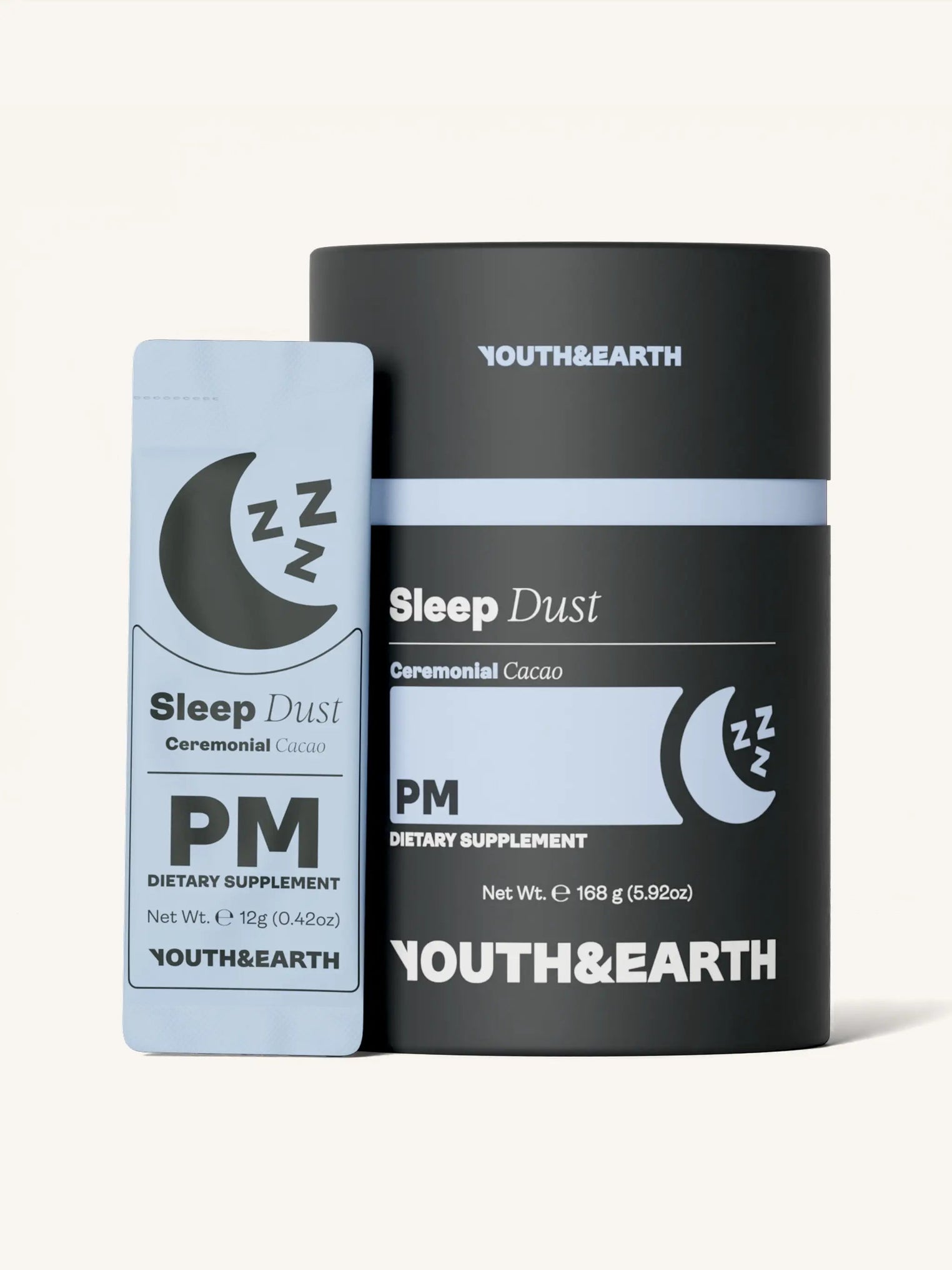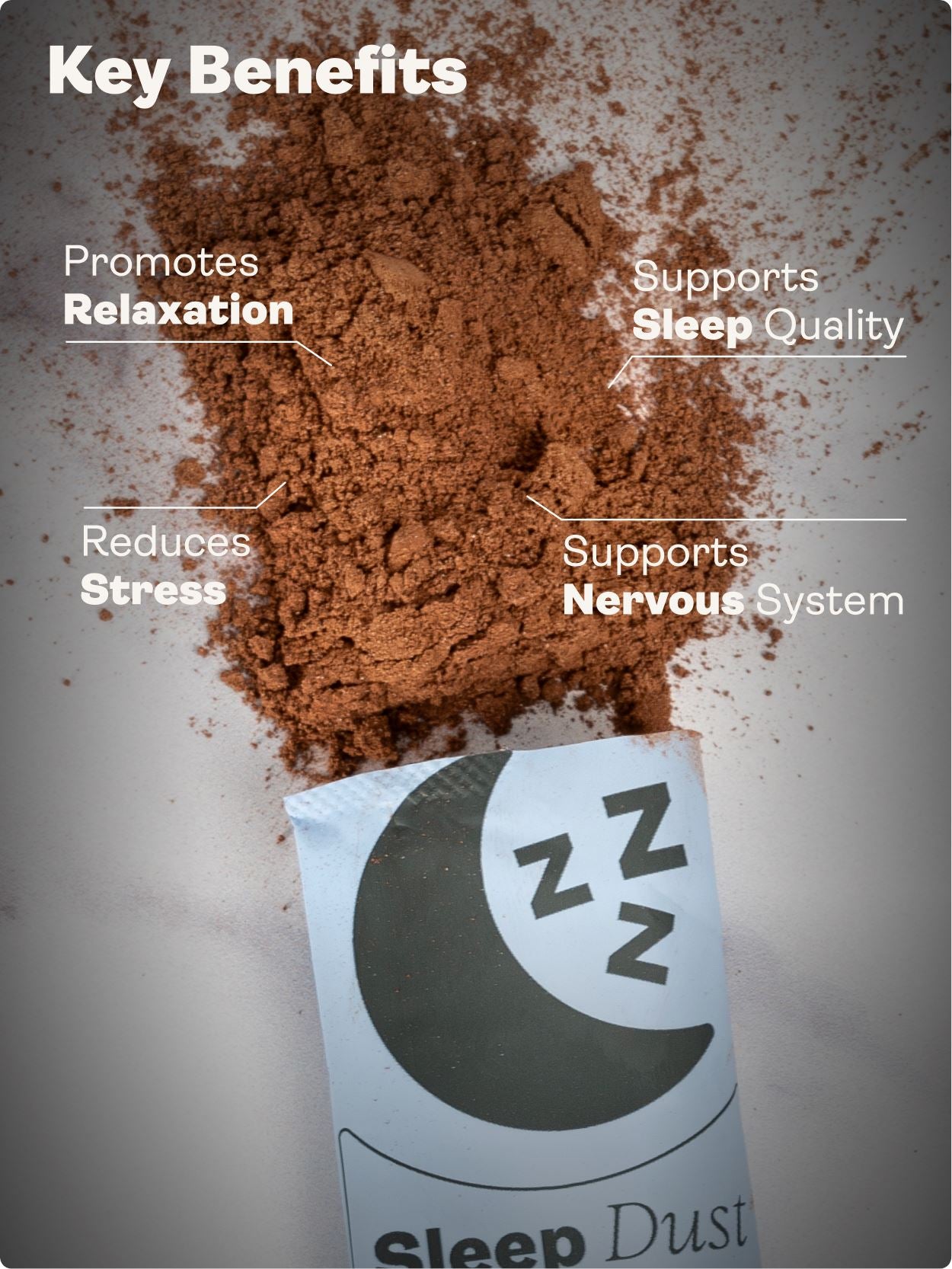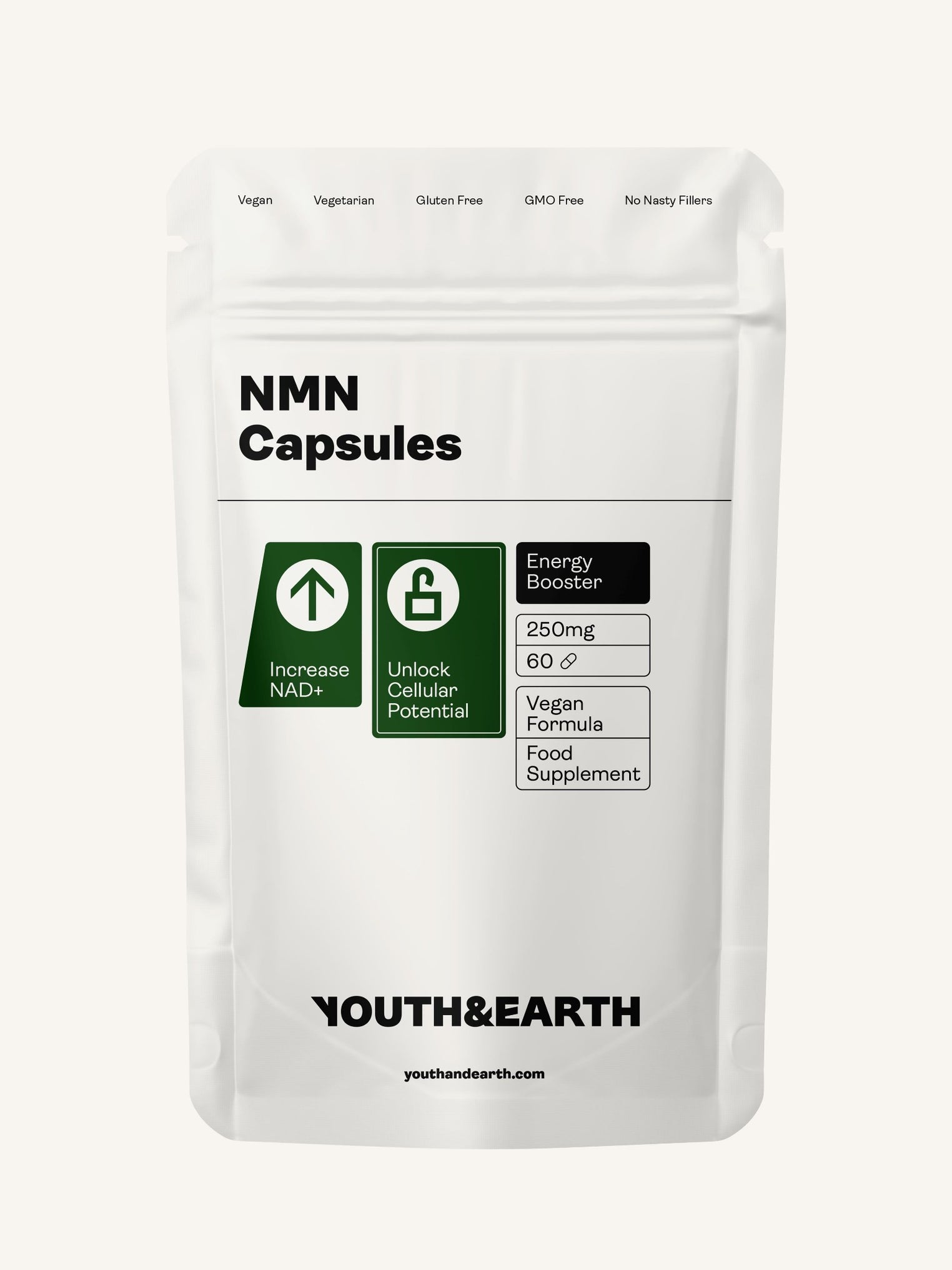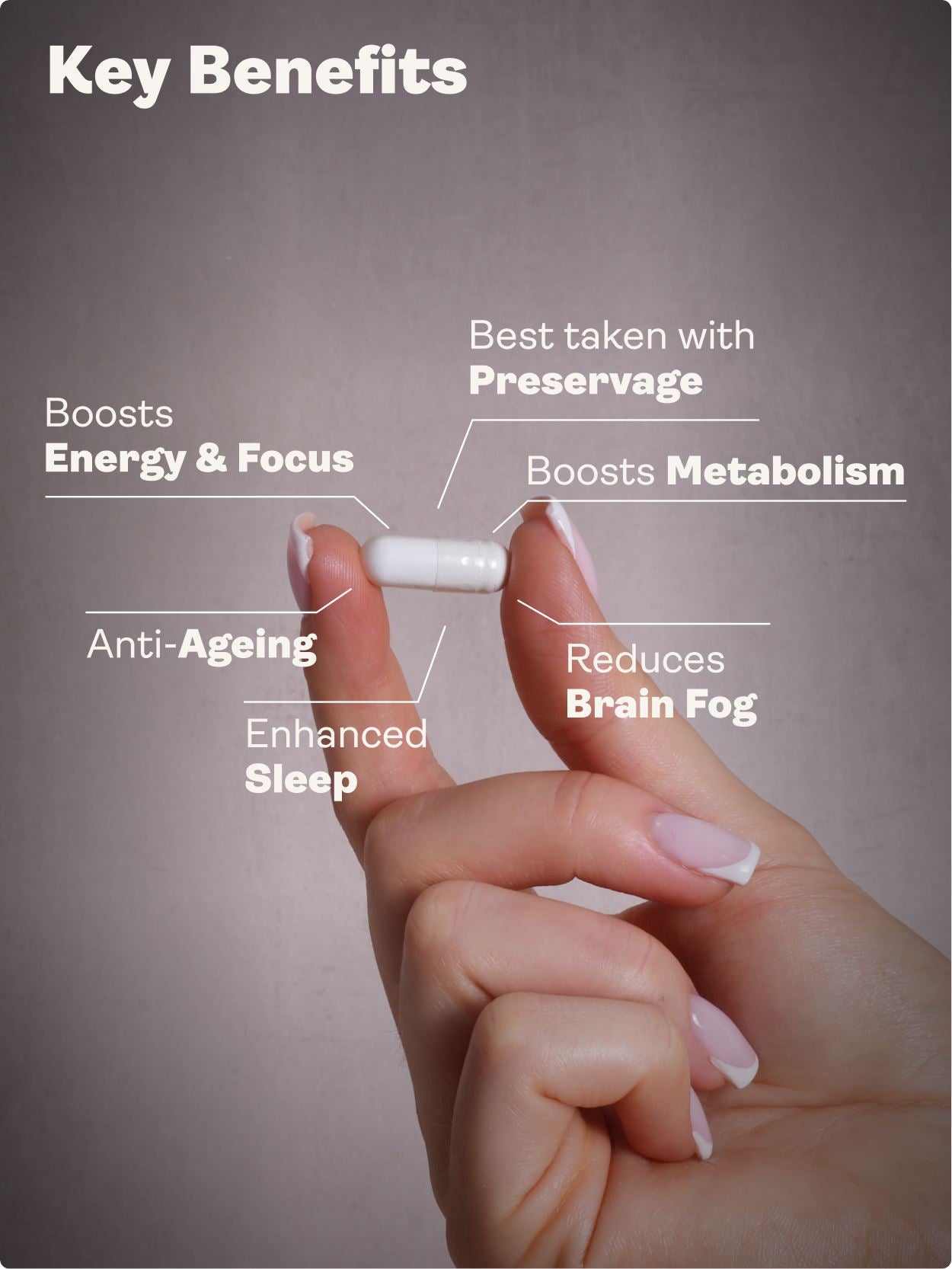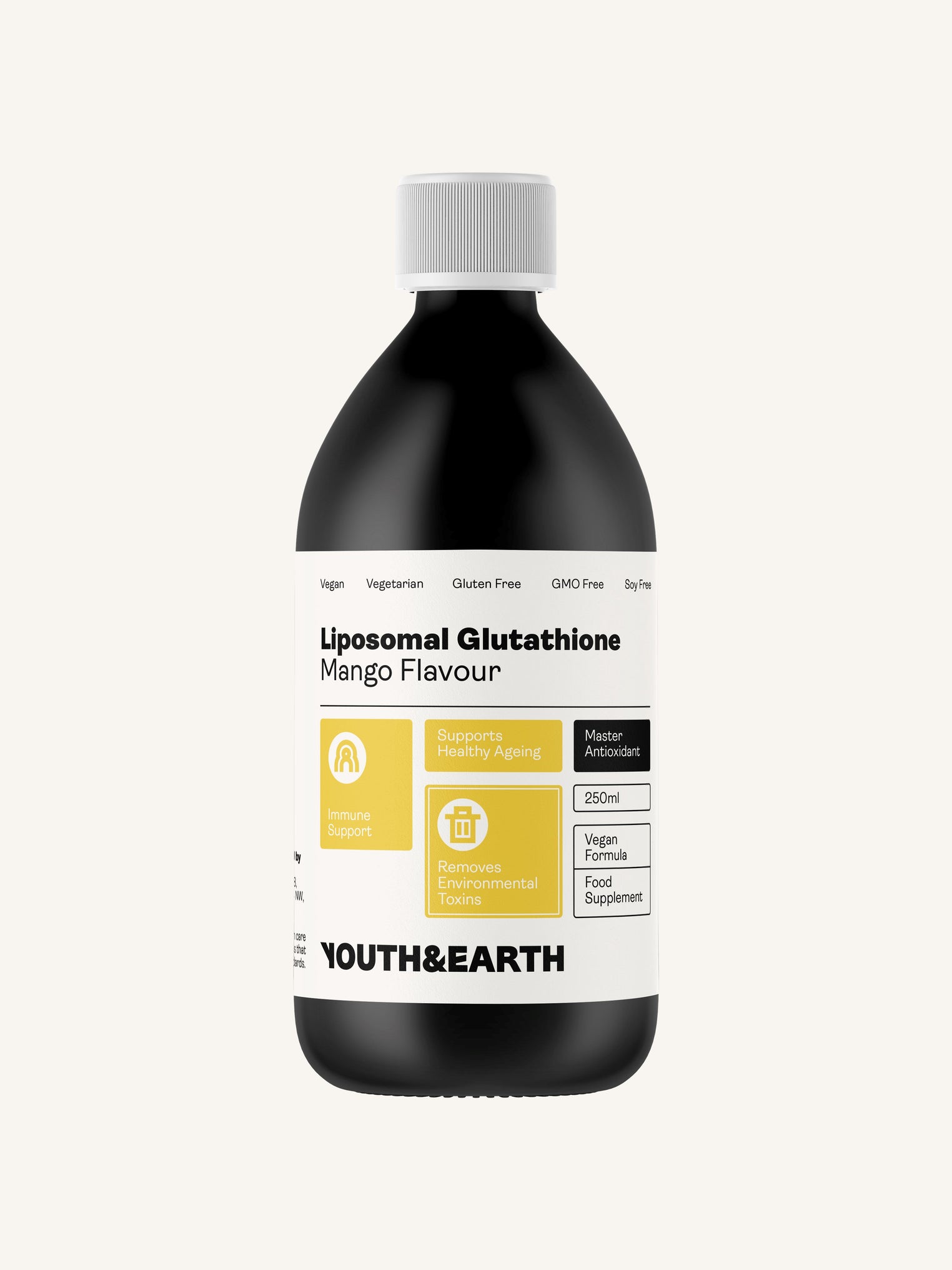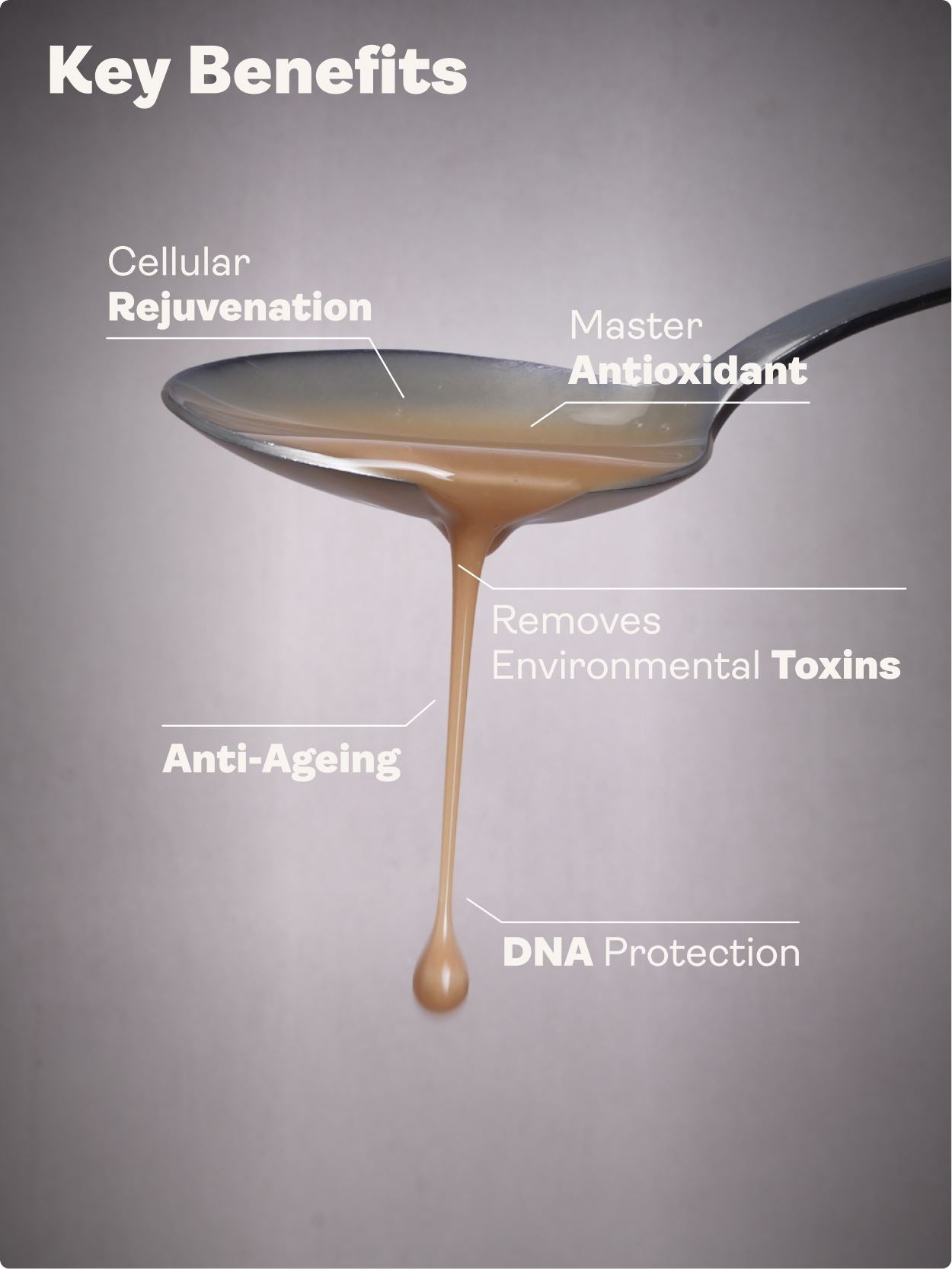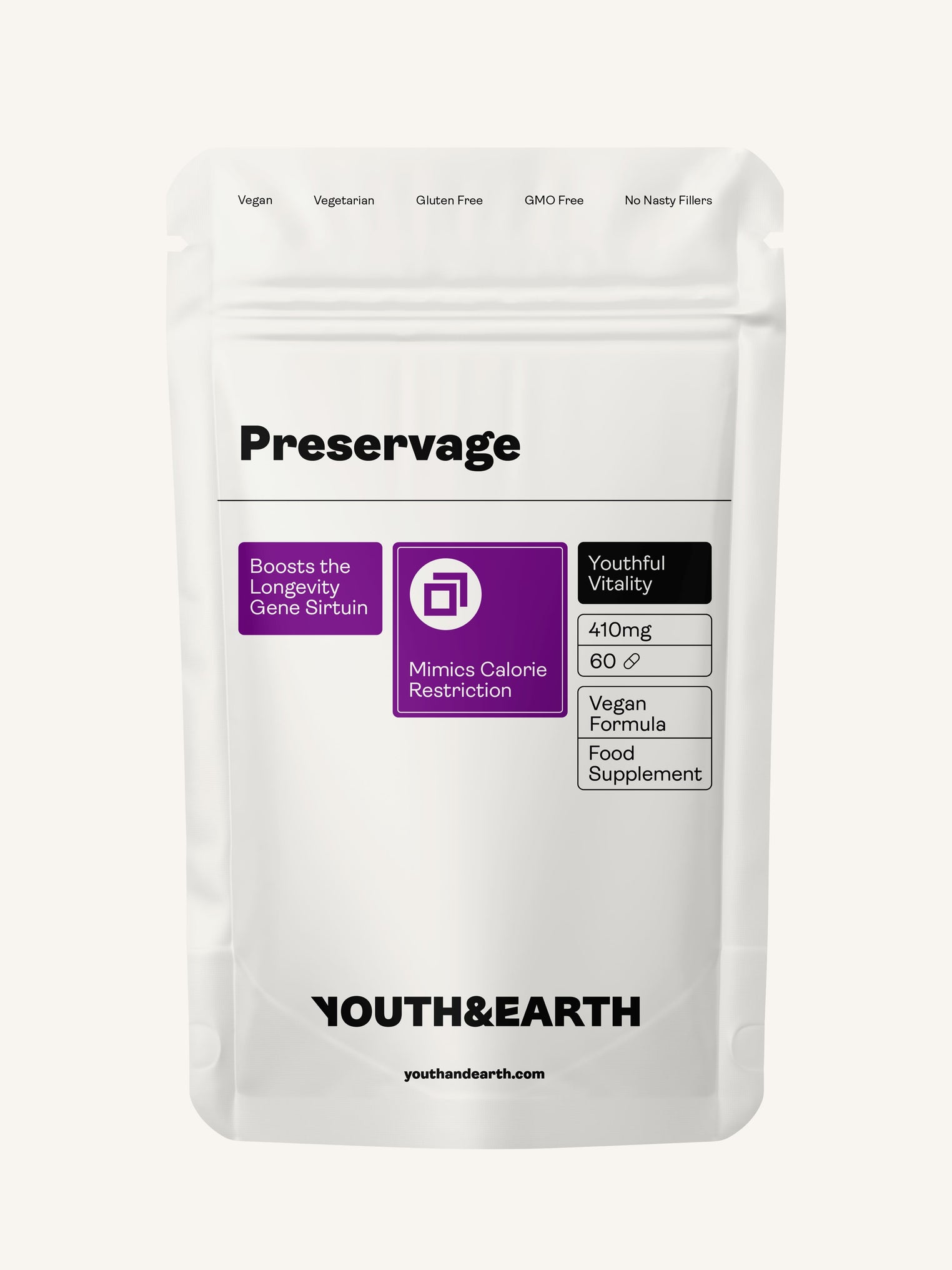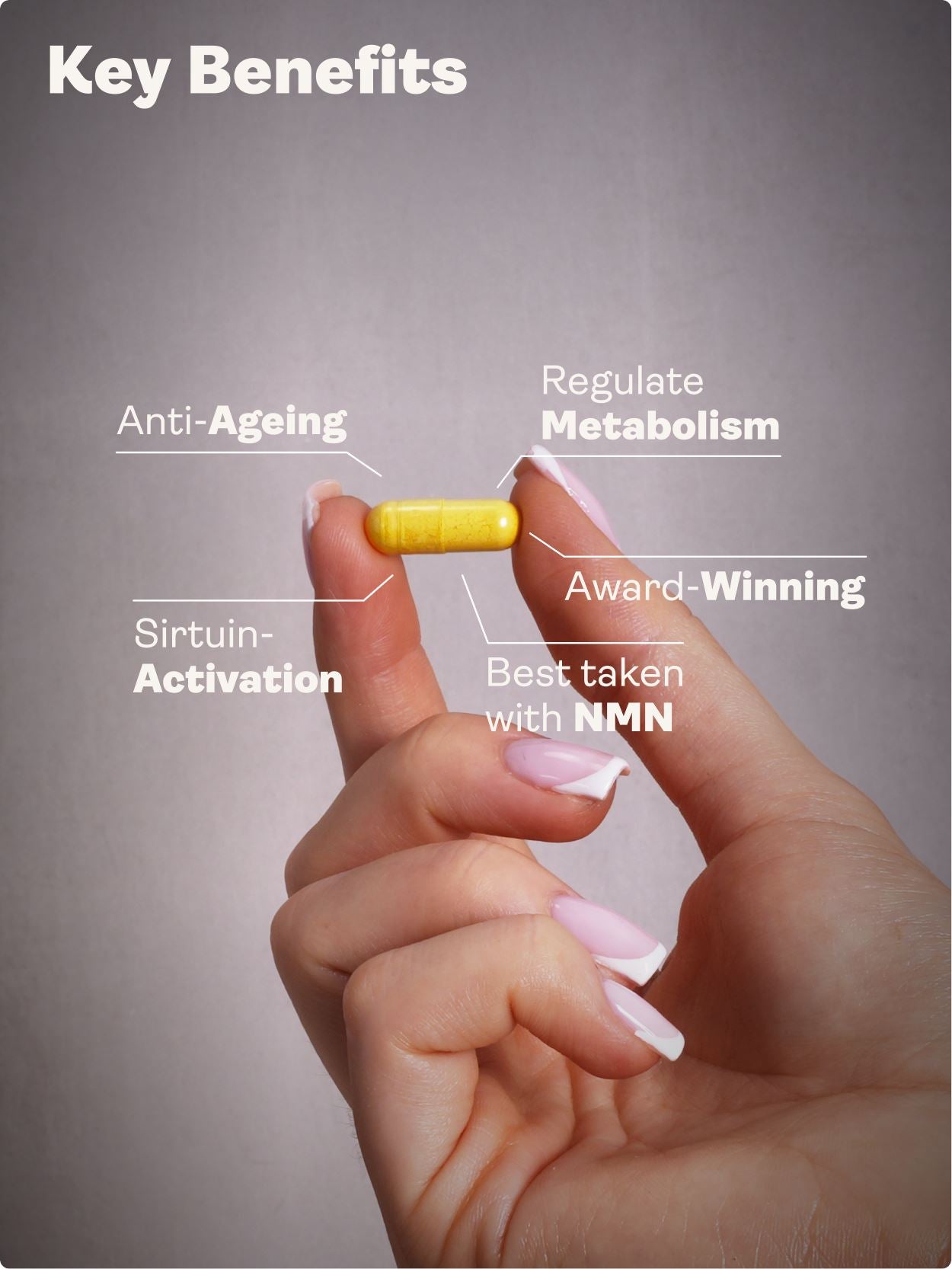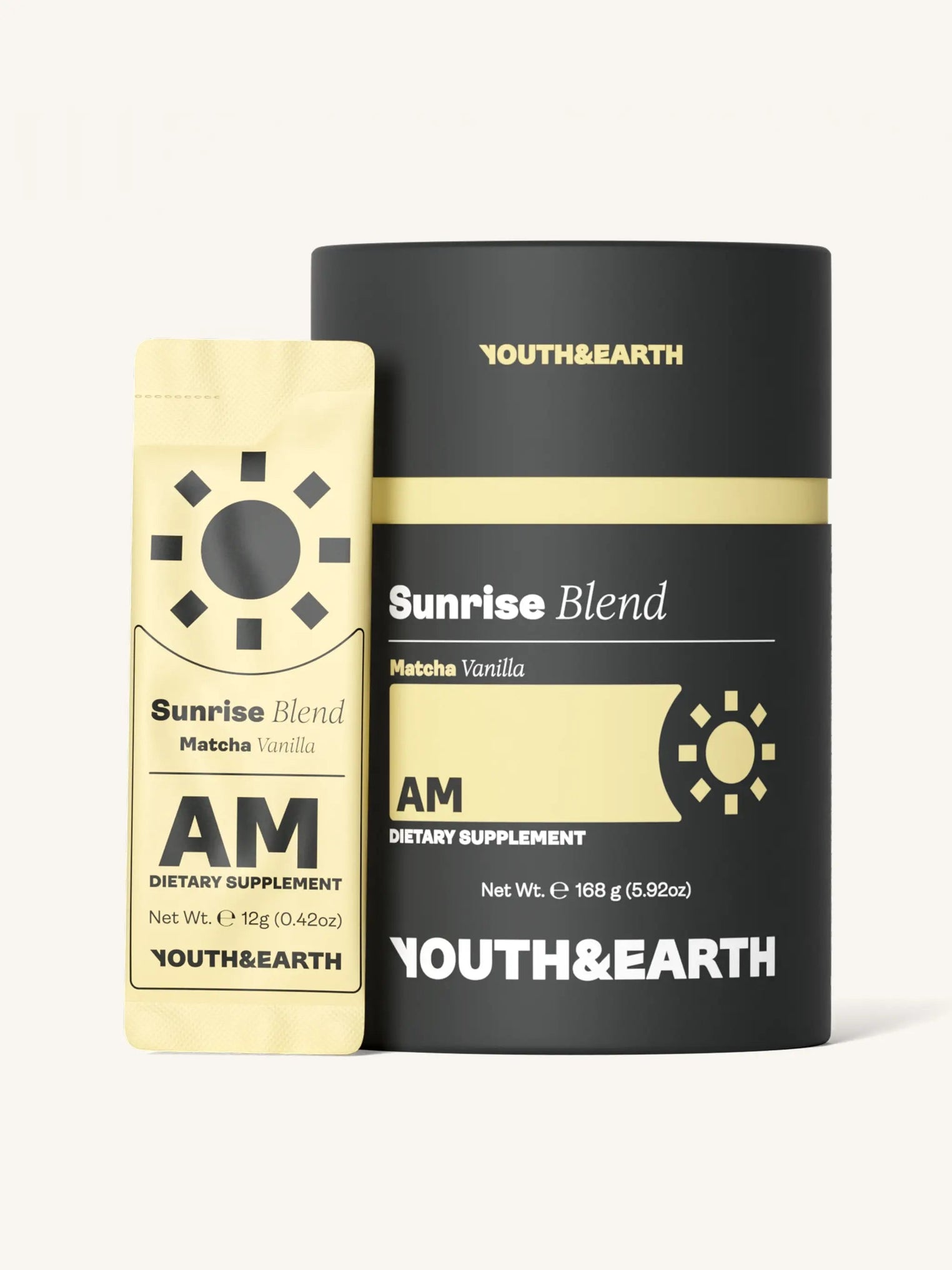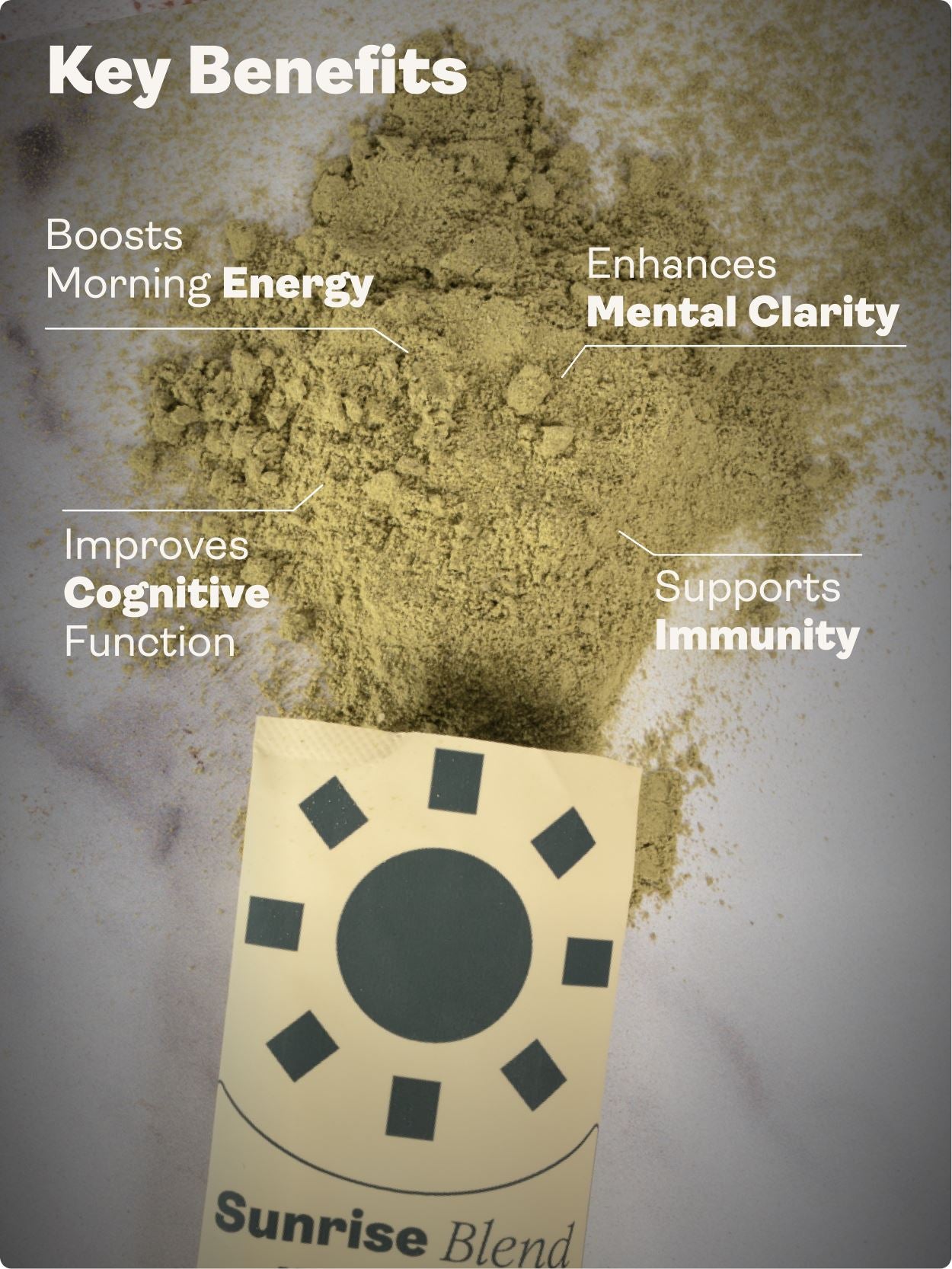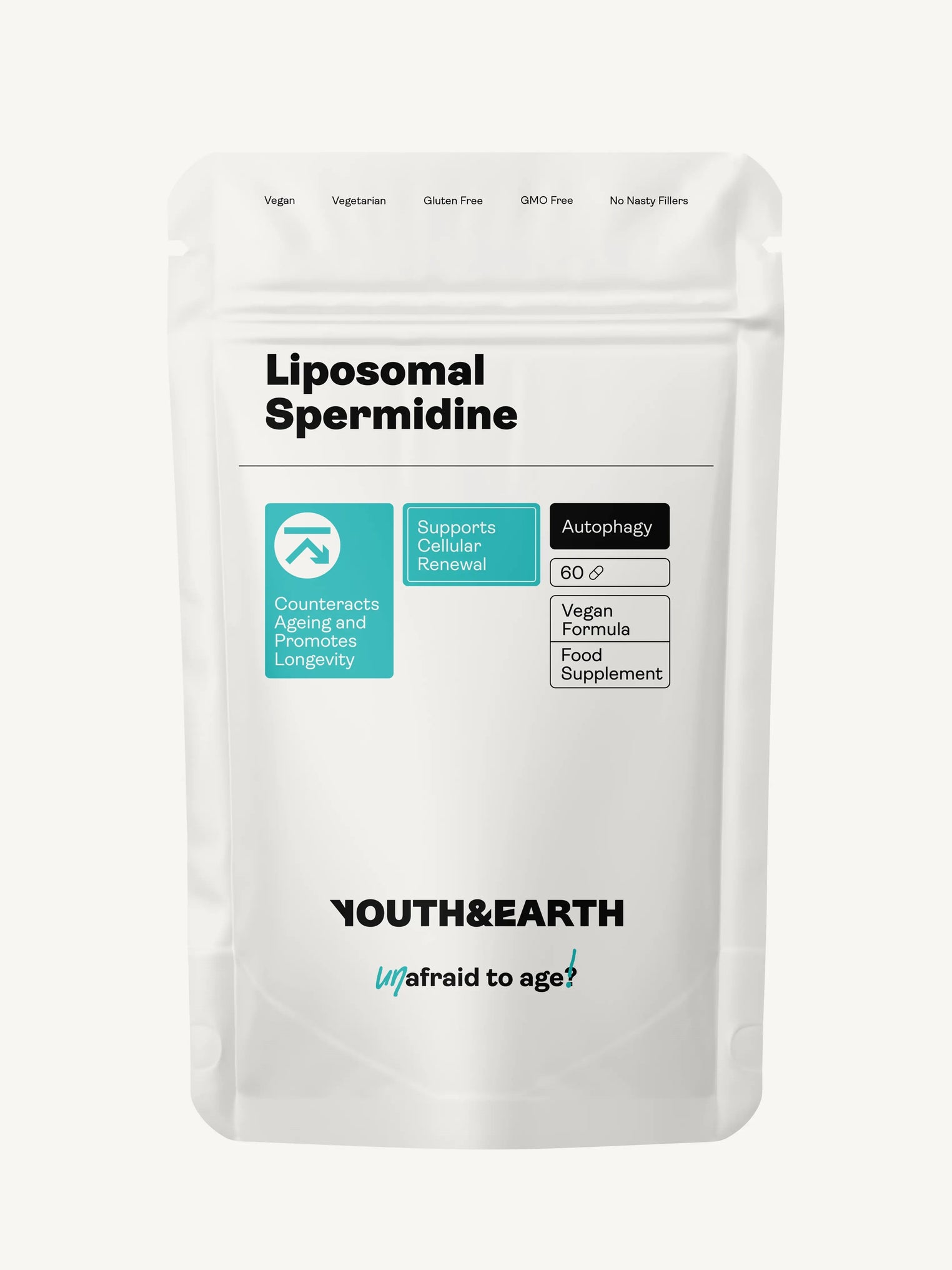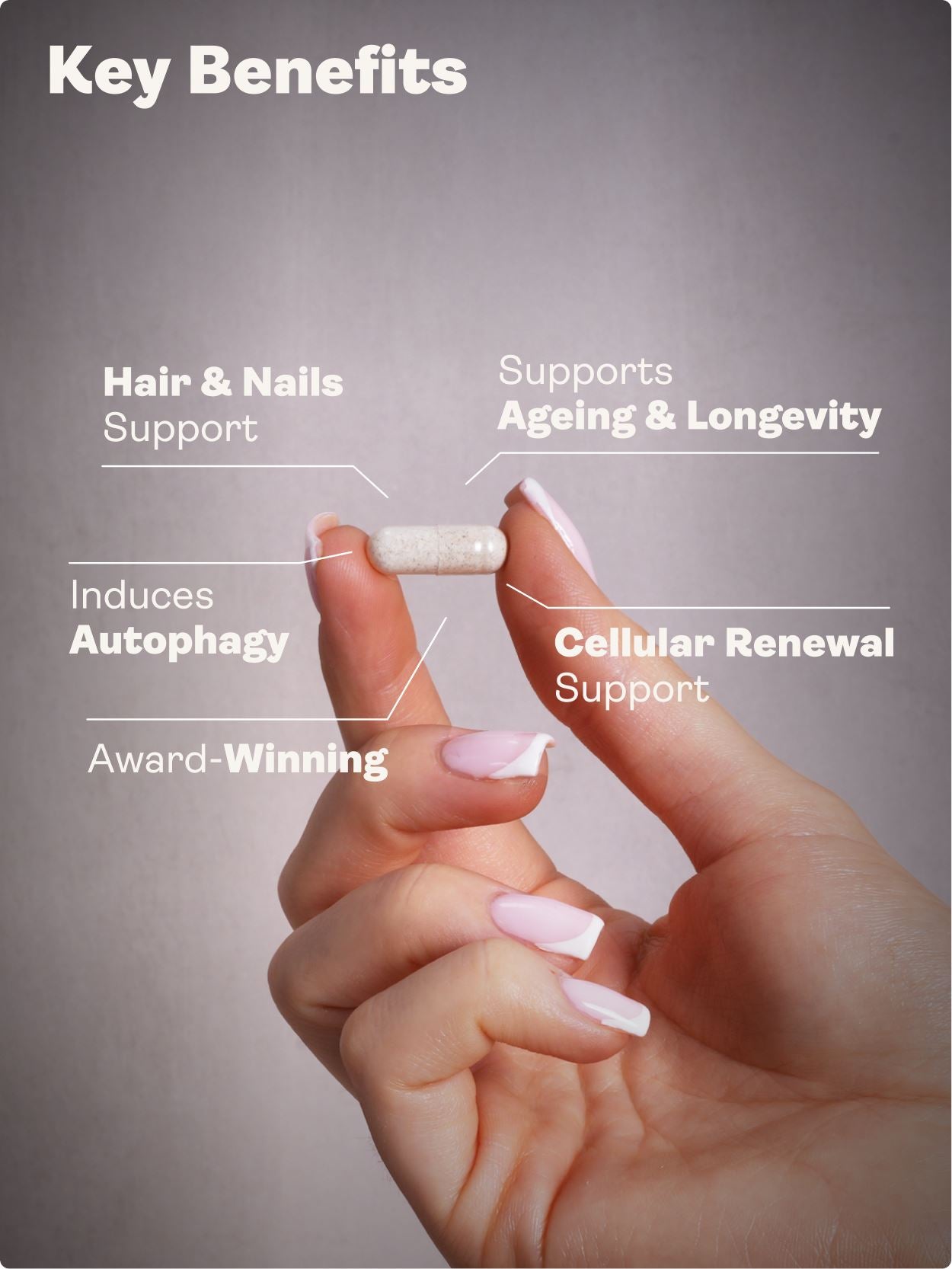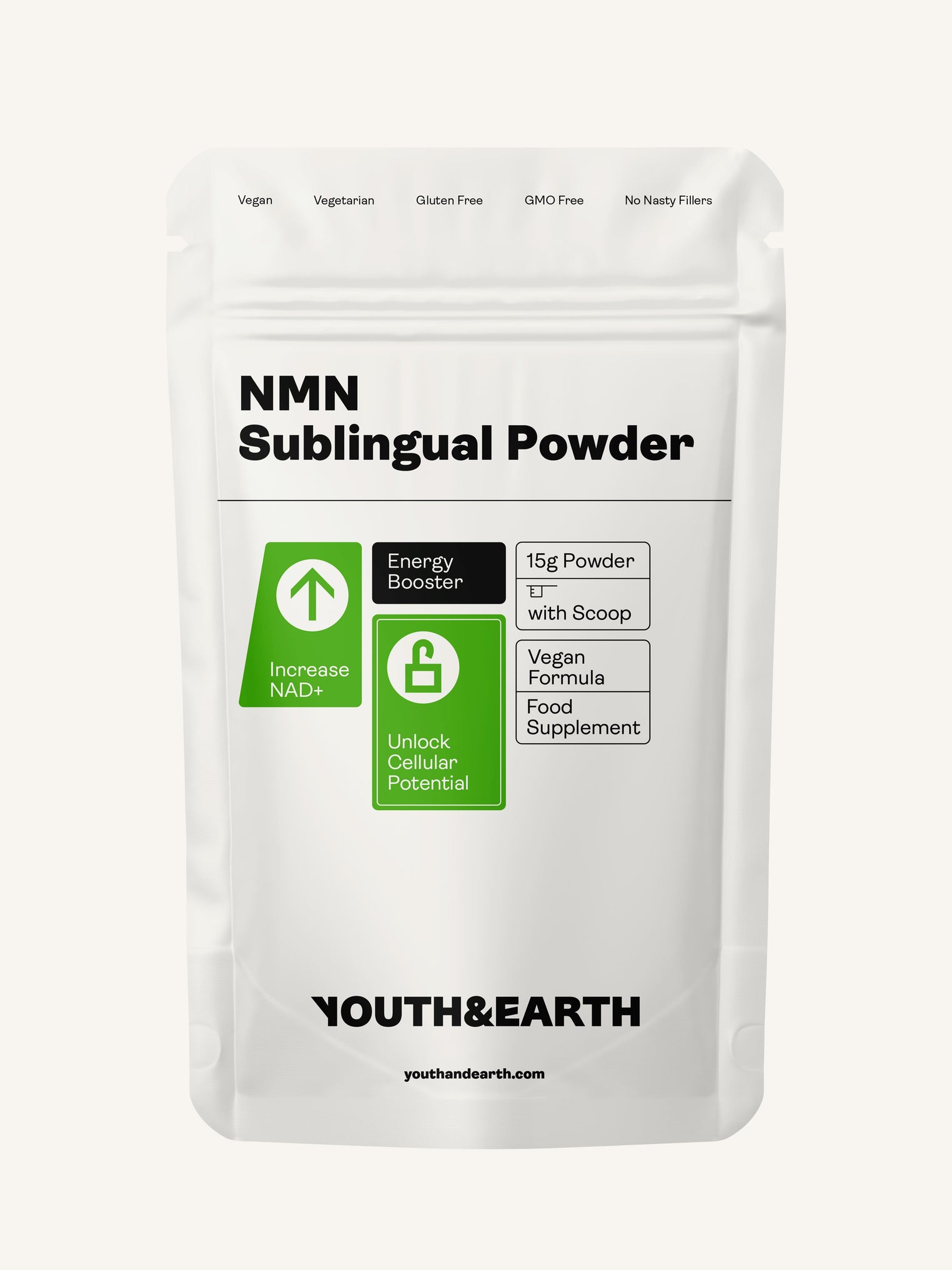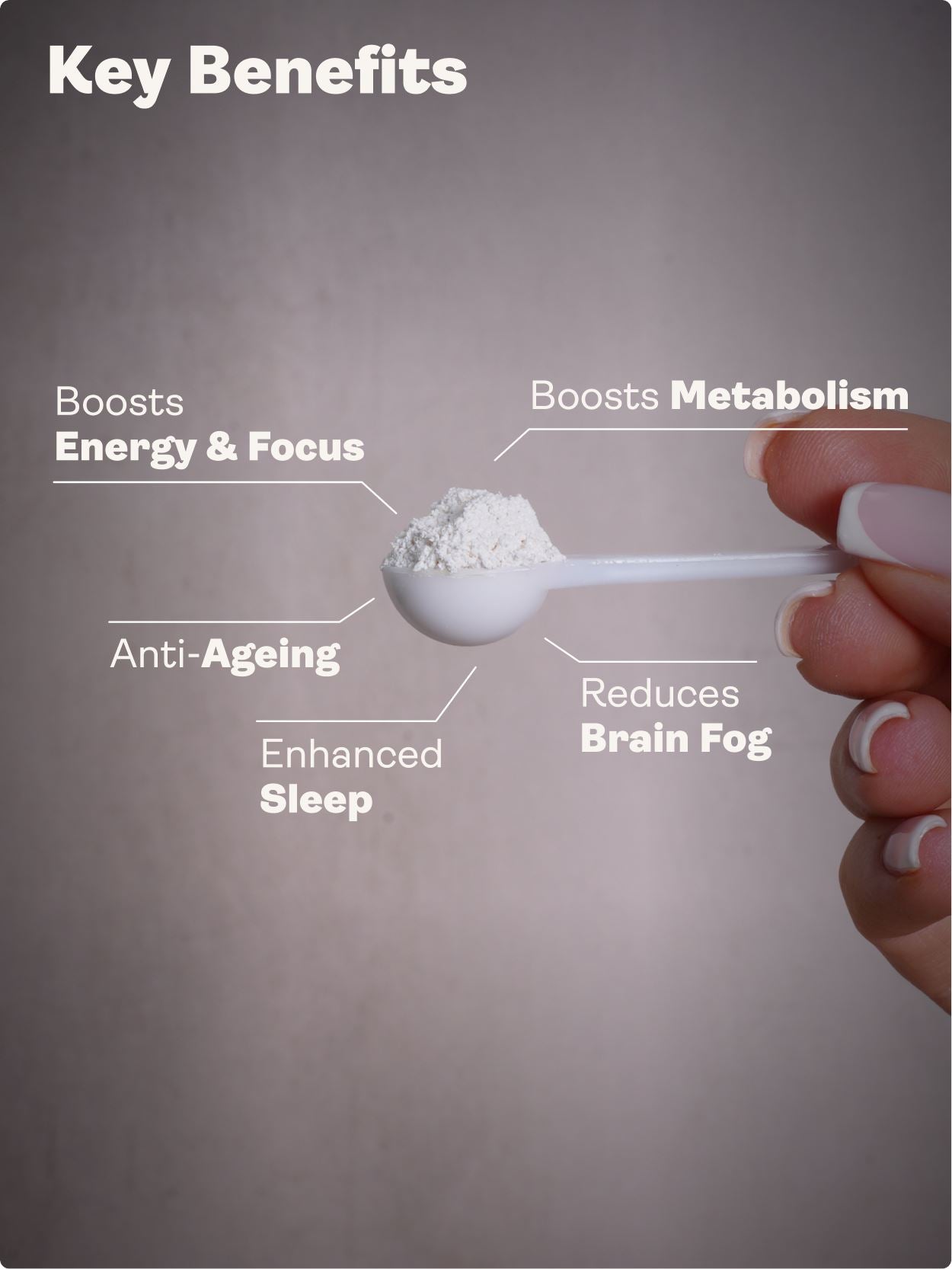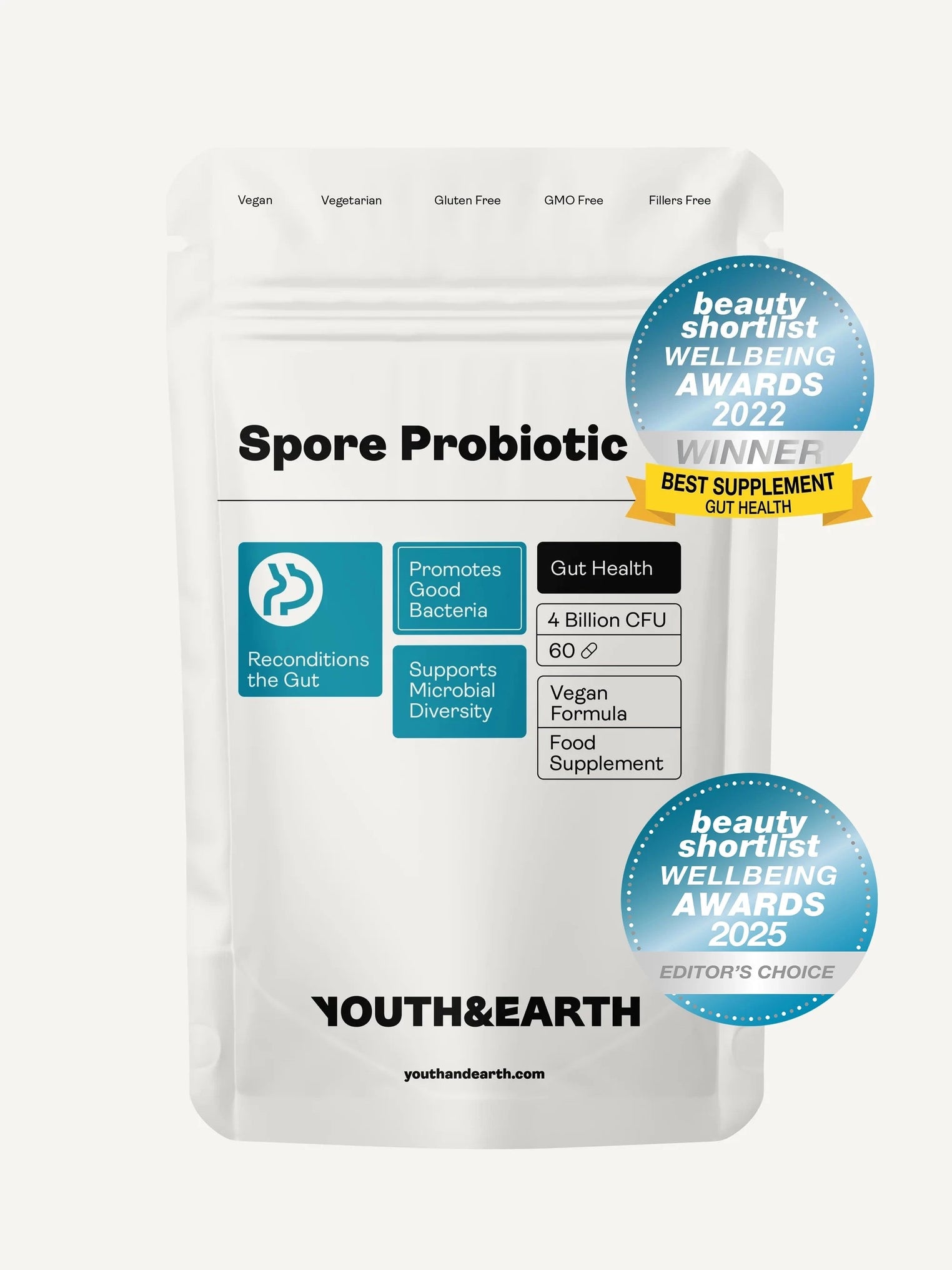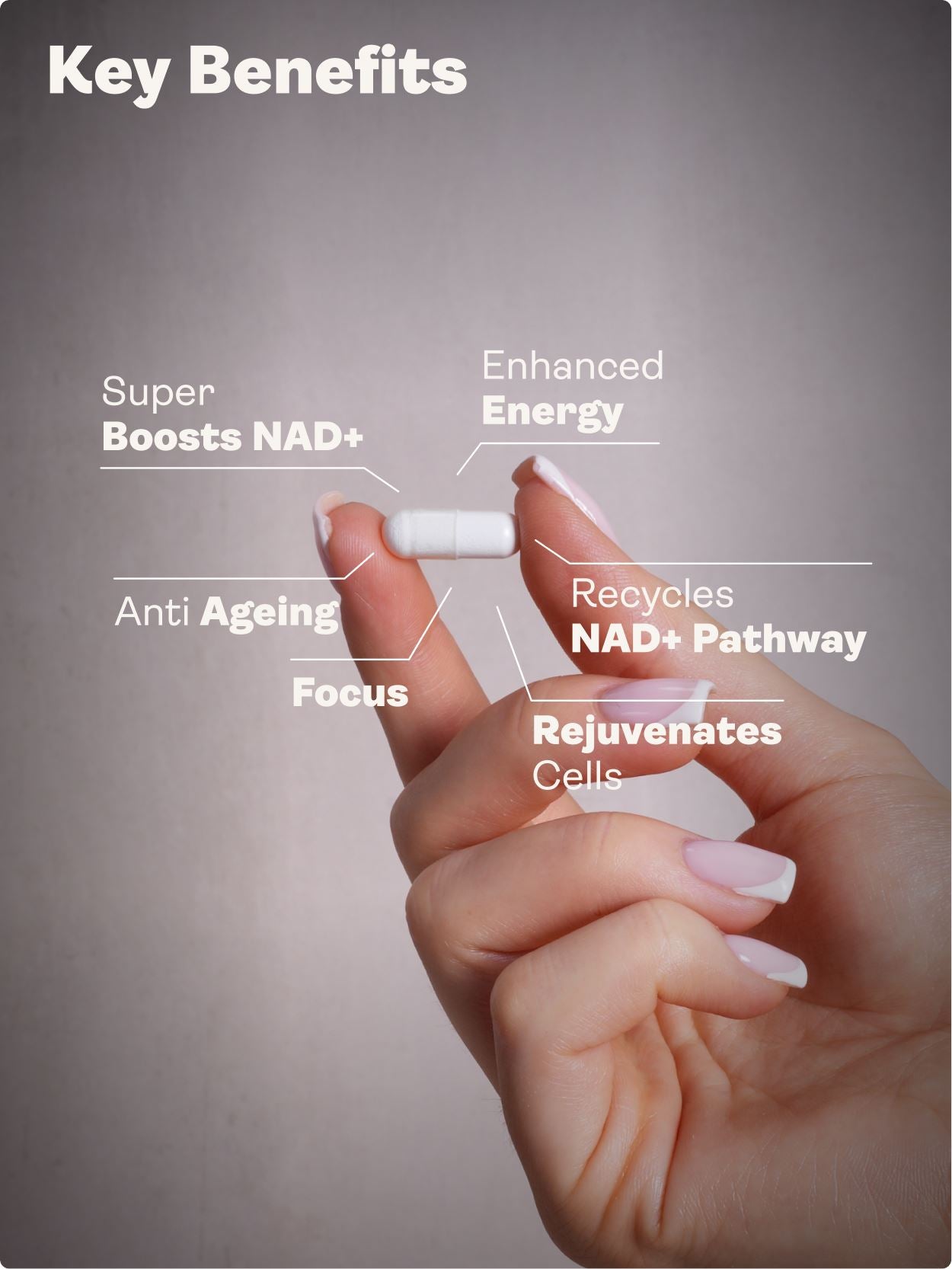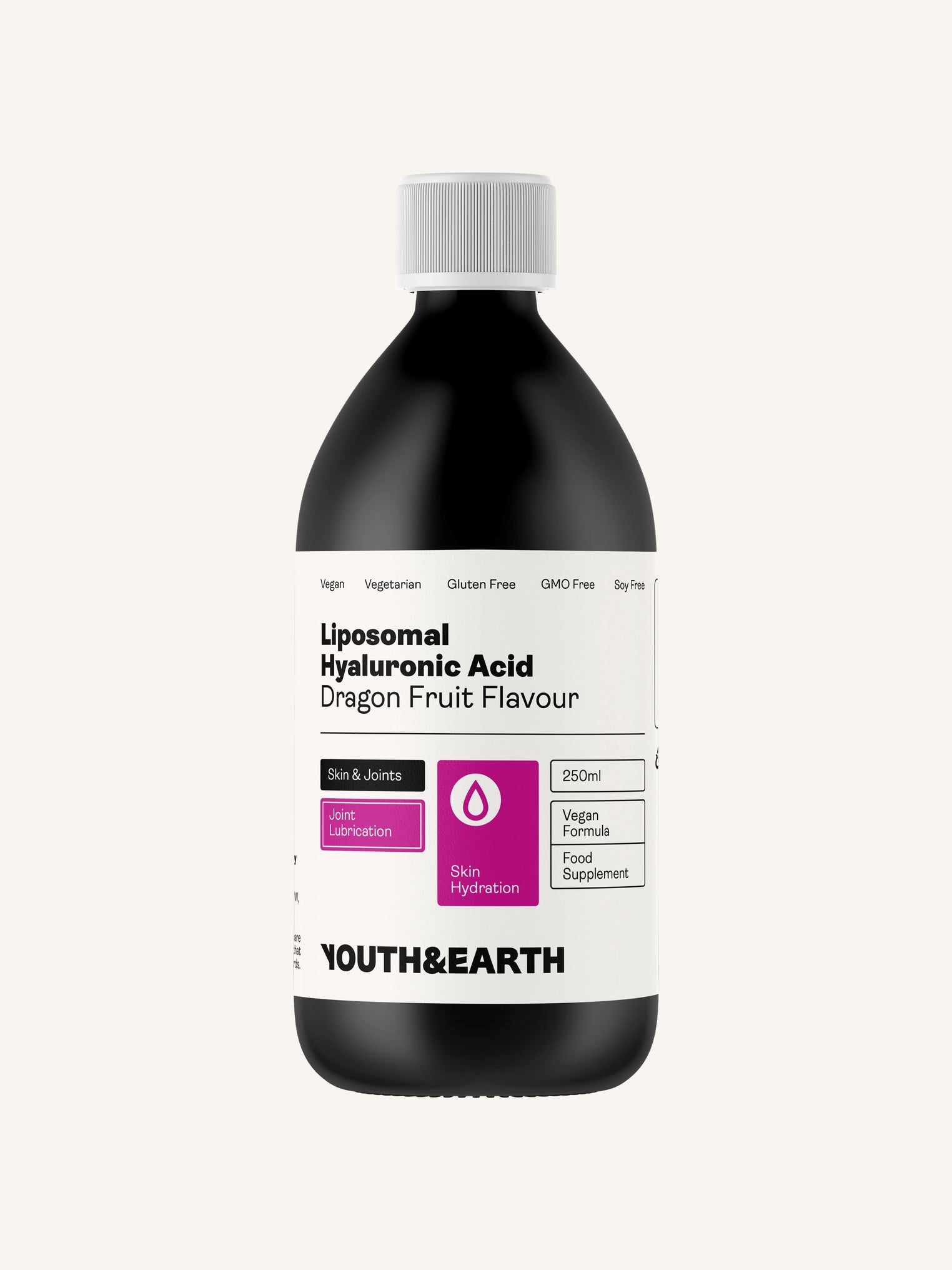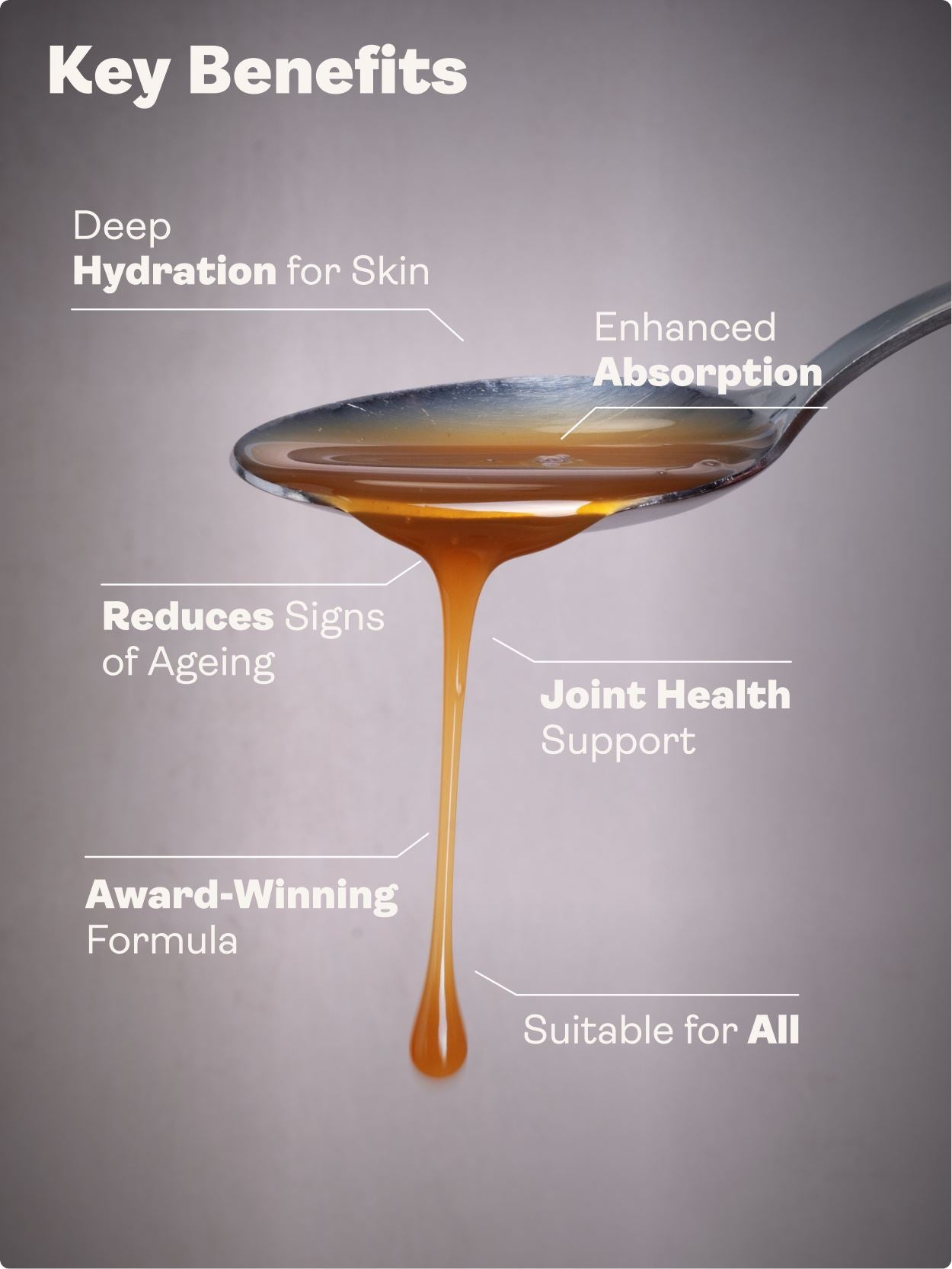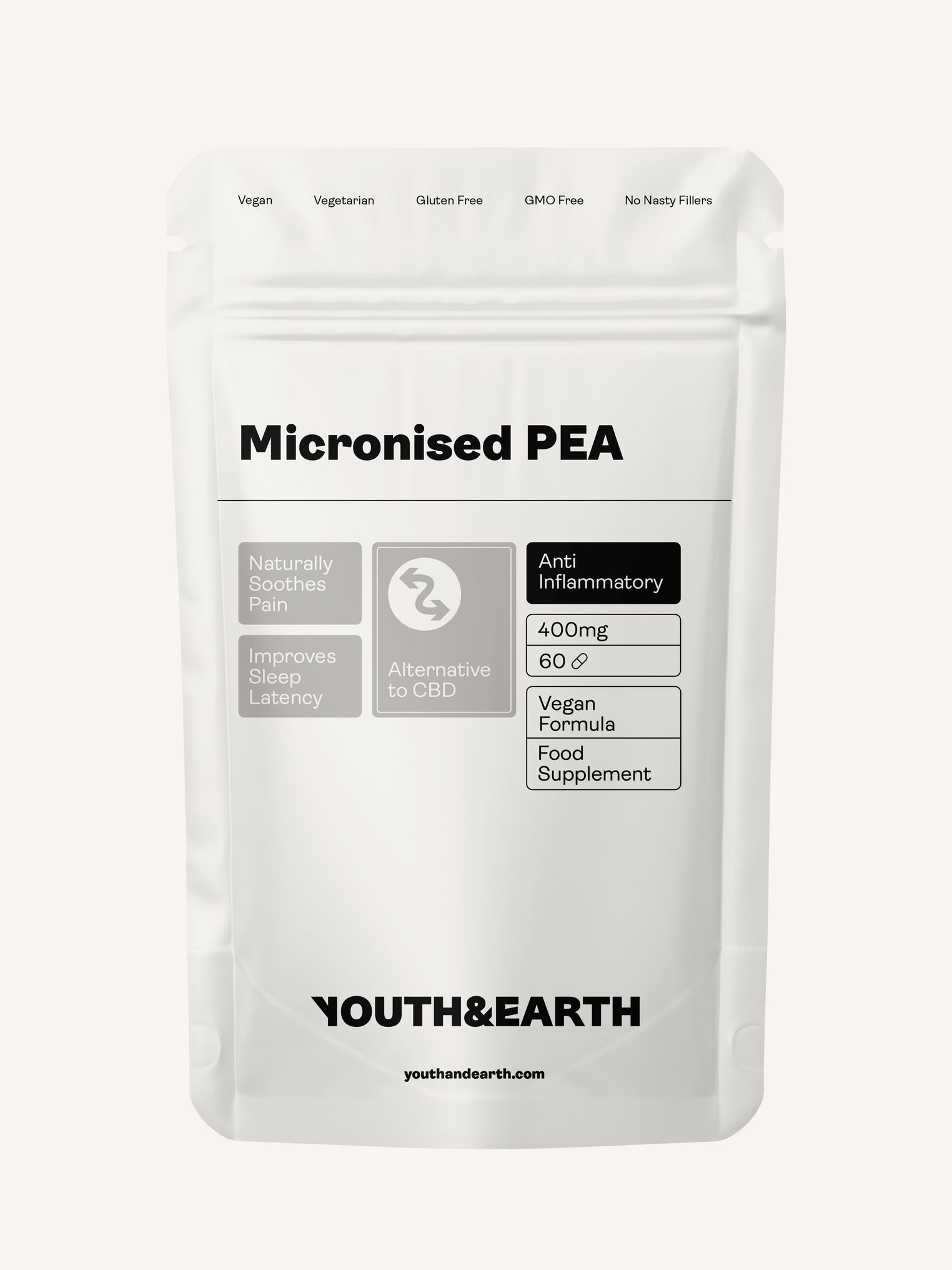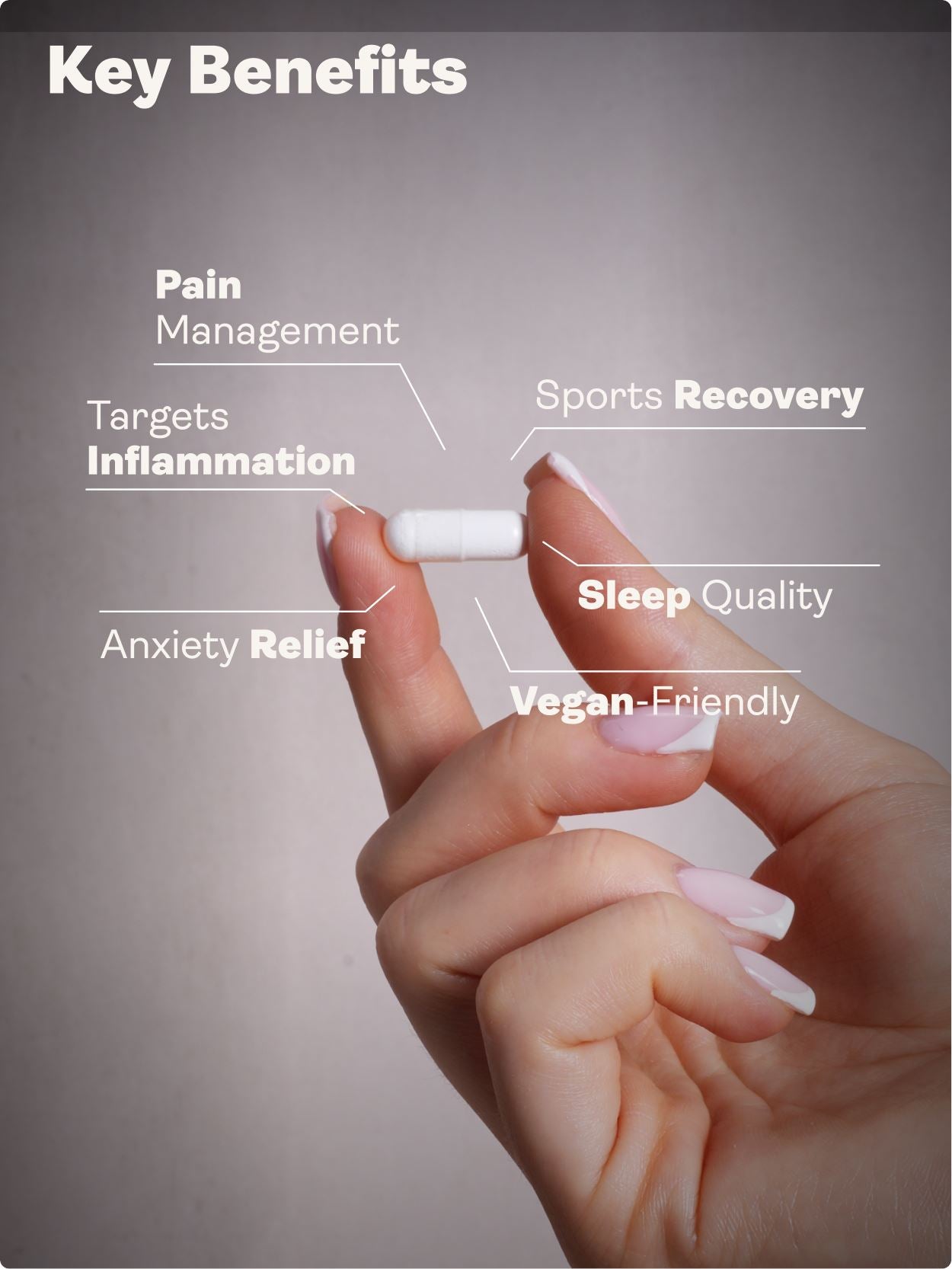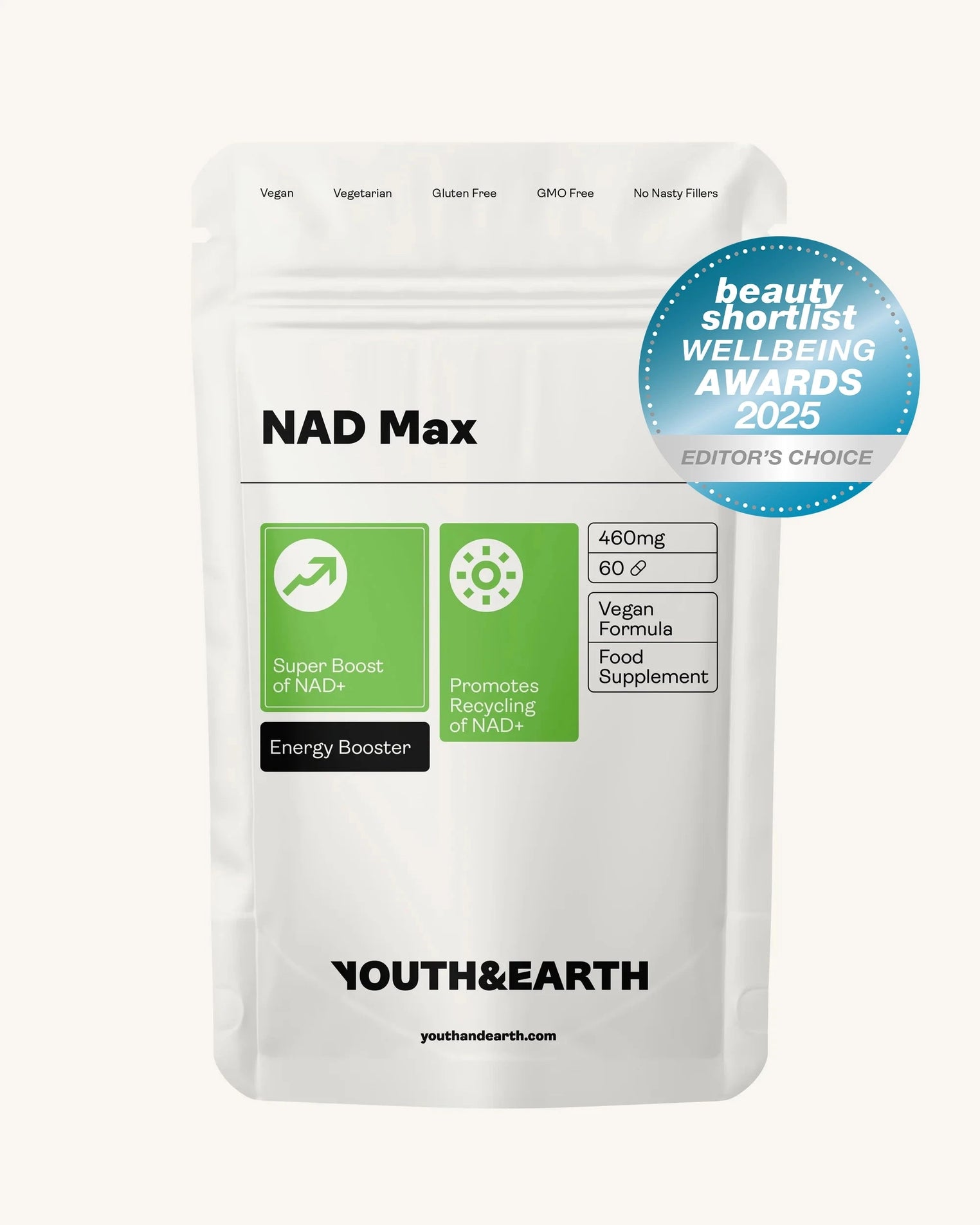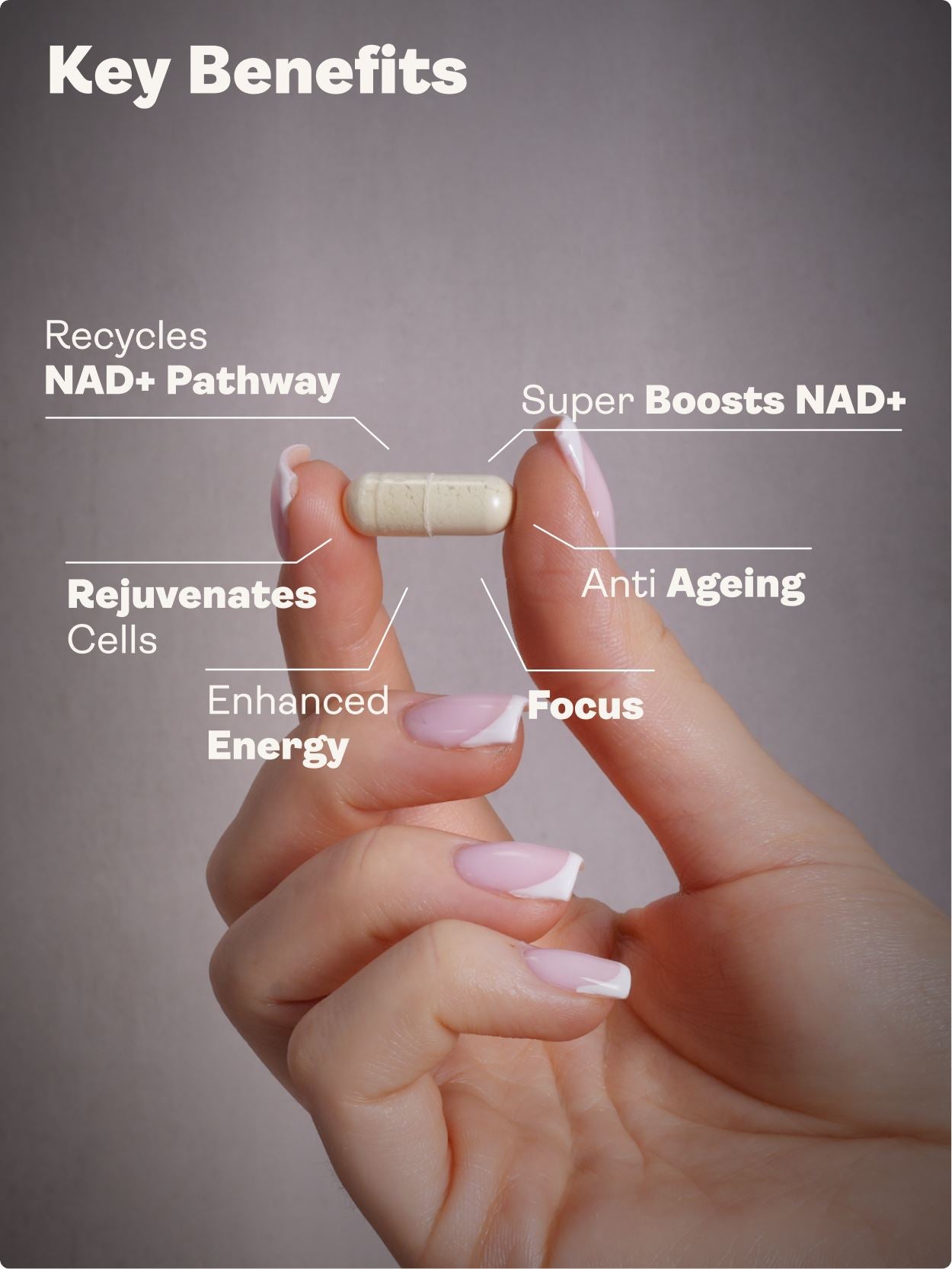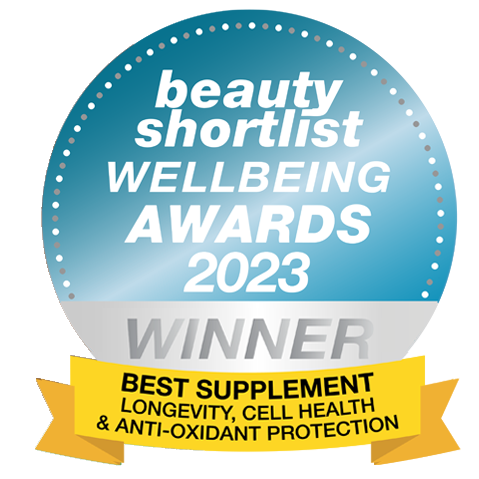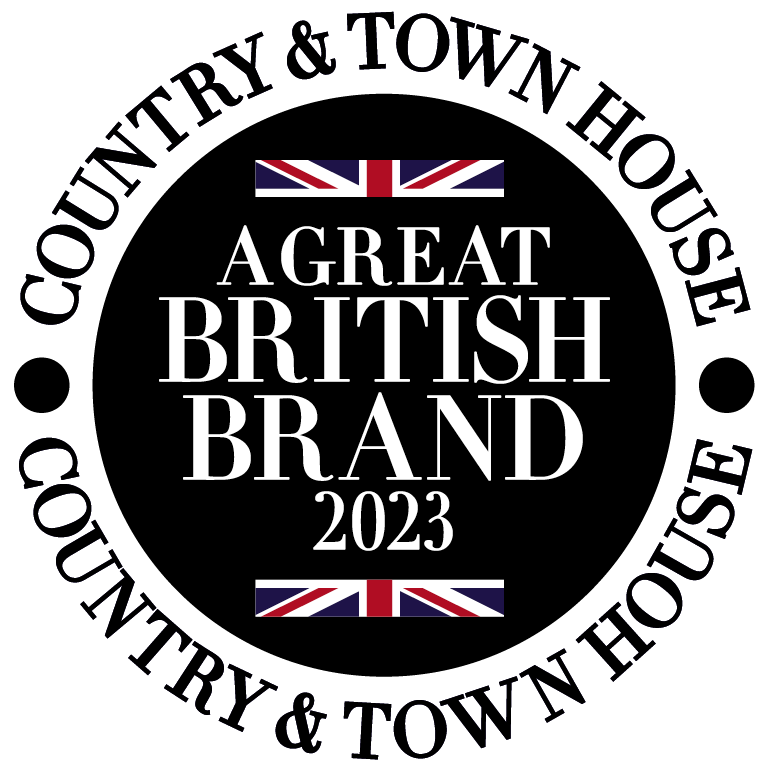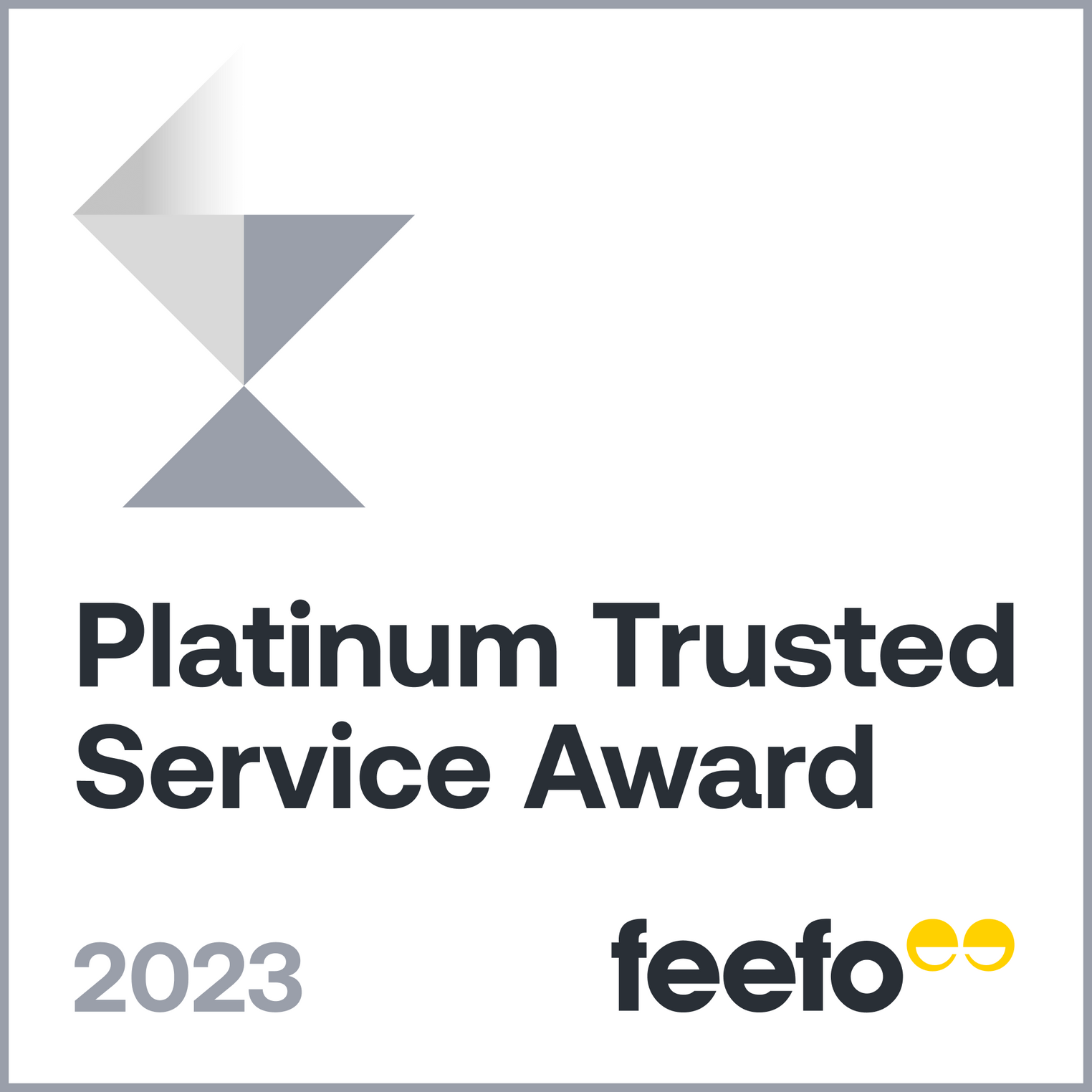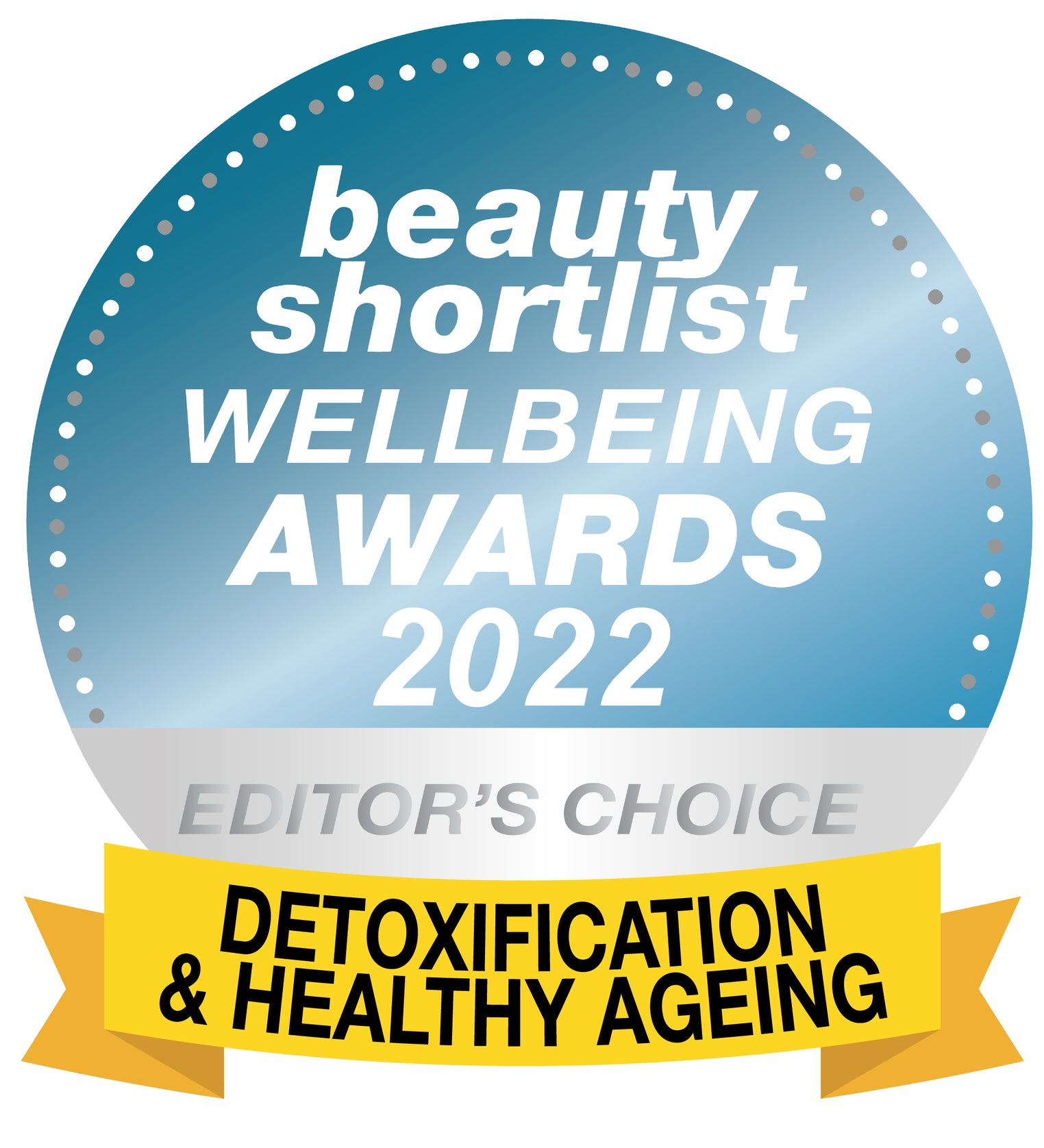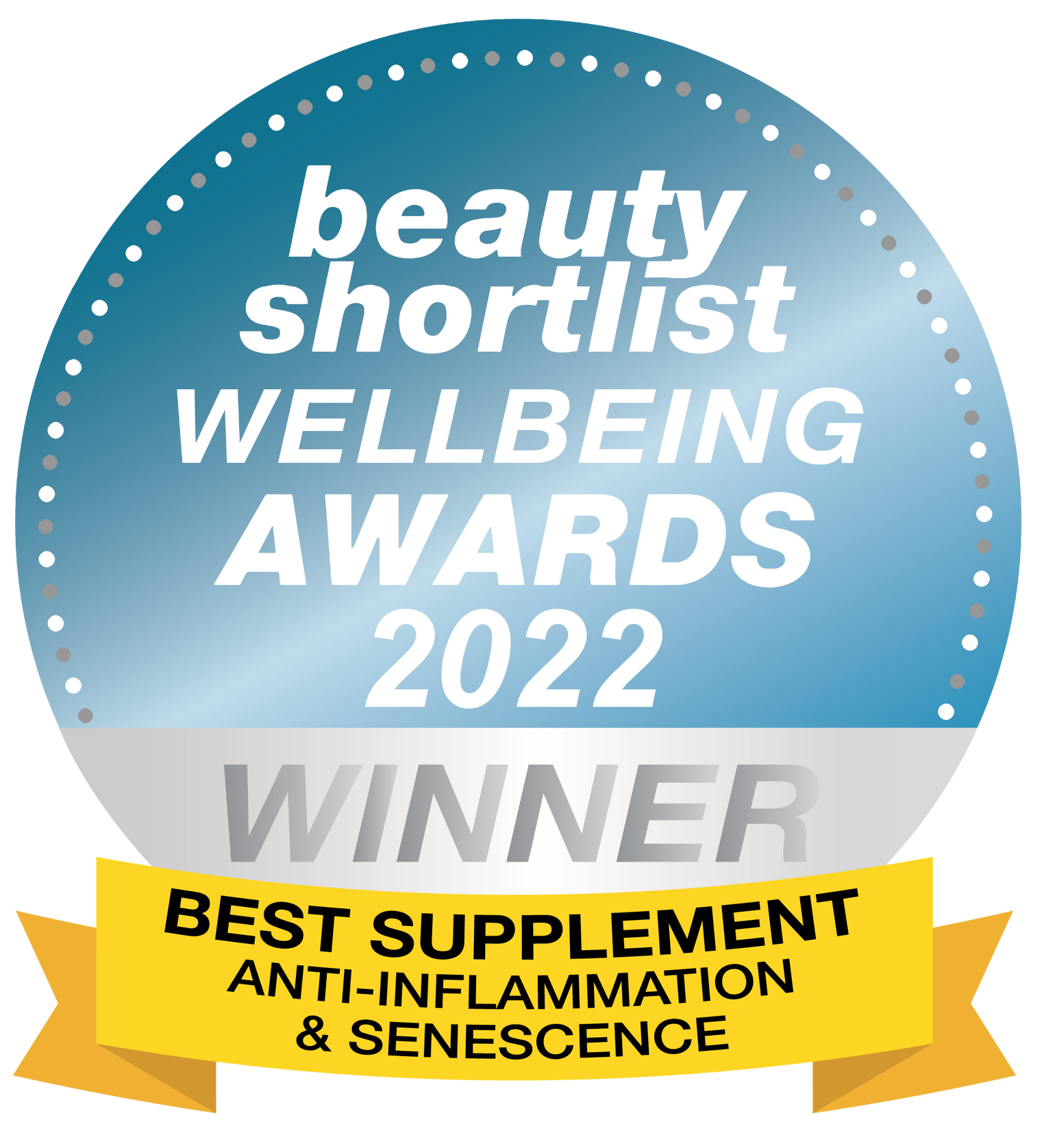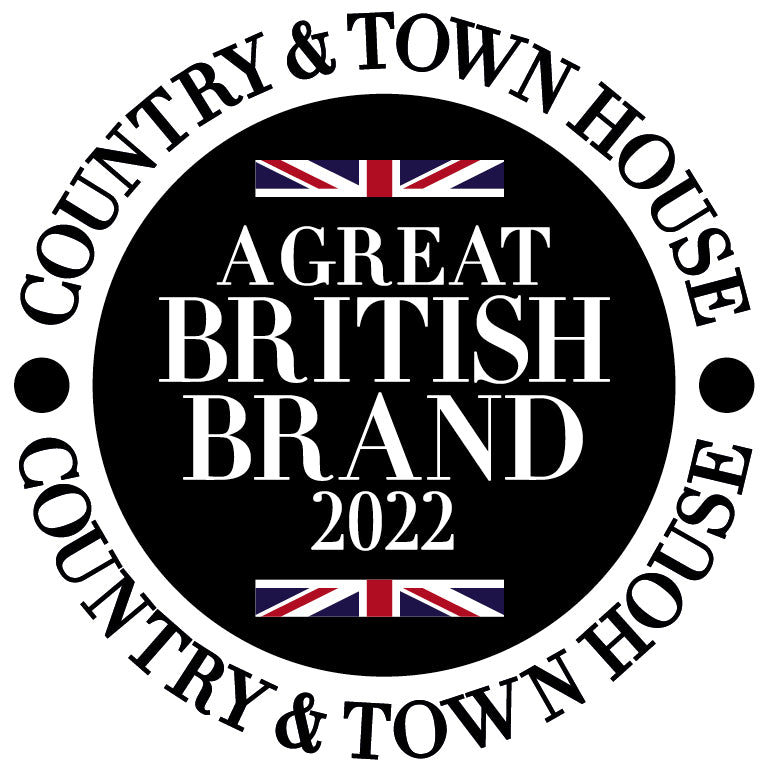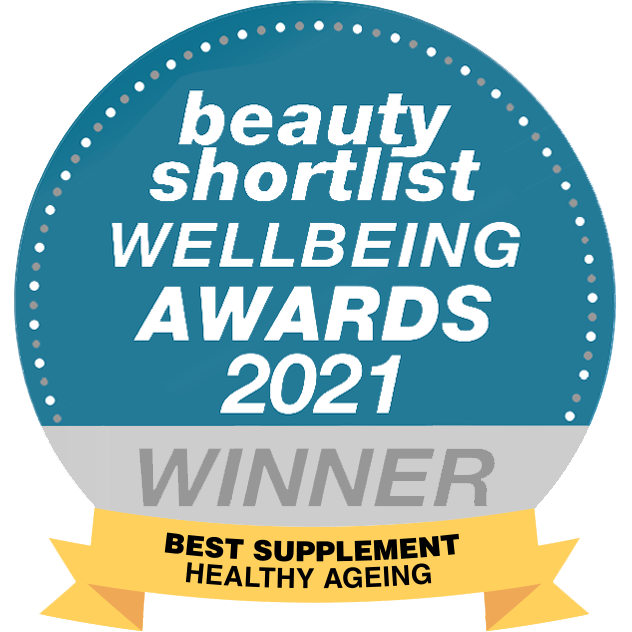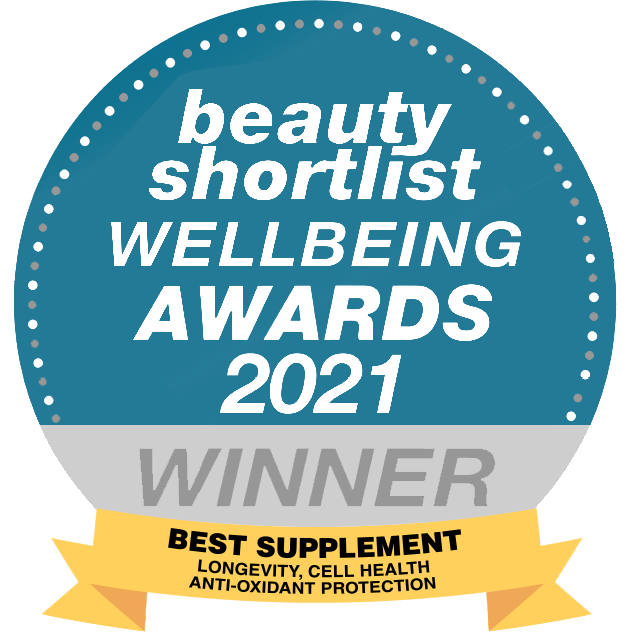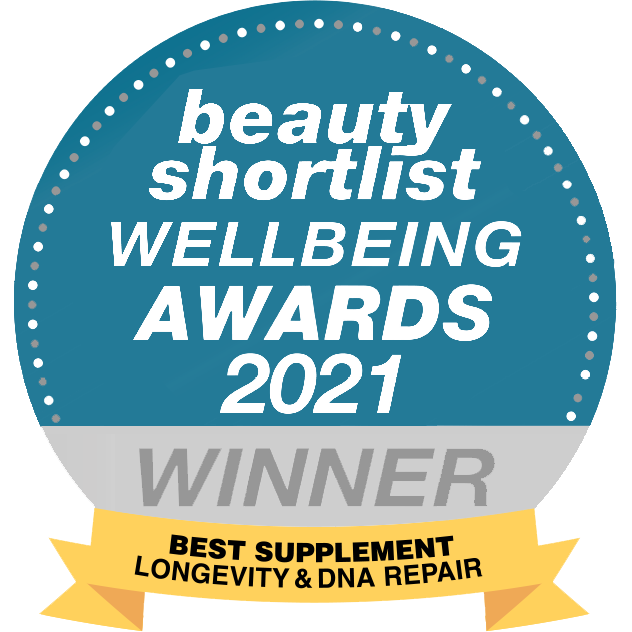Your body needs glucose to function—but added and hidden sugars can drive inflammation, fatty liver, skin ageing, and metabolic disease. Here’s how to take control. Are you accidentally eating more sugar than your metabolism can handle?
What if smarter choices could lower inflammation, protect your liver and skin, and support healthy ageing?
TL;DR
Excess and added sugars overwhelm insulin signalling, elevate inflammation, and accelerate ageing processes like fatty liver, skin glycation, and cognitive decline. Prioritise whole foods, swap simple for complex carbohydrates, pair carbs with protein/fat, and consider targeted support such as Releaf (berberine) to help regulate blood sugar and activate AMPK. Strategic habits—sleep, movement, and fibre—stabilise energy and help maintain longevity and anti-ageing goals.
Science Snapshot
- Metabolic load: Added and hidden sugars push blood glucose and insulin higher, increasing fat storage and inflammatory signalling.
- Fructose risk: In liquid/processed forms (e.g., HFCS), fructose rapidly overloads the liver, promoting fat deposition and non-alcoholic fatty liver disease (NAFLD).
- Glycation: Elevated glucose/fructose bind to proteins (AGEs), degrading collagen and elastin, accelerating visible skin ageing.
- Neurobiology: Ultra-processed sugar patterns alter reward pathways and may suppress brain-derived neurotrophic factor (BDNF), impacting learning and mood.
- Biohacking lever: AMPK activation (e.g., via berberine in Releaf, movement, and caloric strategies) supports glucose control and metabolic health.
Which Sugars Are We Talking About?
Not all dietary sugars behave the same way. Added and isolated sugars—especially in liquids and ultra-processed foods—create the greatest metabolic strain.
| Type | Where It’s Found | Why It Matters |
|---|---|---|
| Glucose | Starches, grains, many carbs | Primary fuel; spikes drive insulin; excess stored as triglycerides in fat cells. |
| Sucrose | Table sugar (50% glucose, 50% fructose) | Common added sugar; contributes to glycaemic and hepatic load. |
| Fructose | Fruit, honey; HFCS in soft drinks & processed foods | Minimal insulin response but high liver processing burden; may promote NAFLD and AGEs when excessive. |
| Alcohol (Ethanol) | Alcoholic drinks | ~80% metabolised in liver; excess promotes fat accumulation and inflammation. |
Why Excess Sugar Is Harmful
- Insulin imbalance: Frequent spikes promote fat storage and insulin resistance—an upstream driver of type 2 diabetes.
- Systemic inflammation: Elevated glucose and fructose increase inflammatory signalling, undermining longevity and anti-ageing goals.
- Hidden sugars: Sauces, dressings, “healthy” snacks, and drinks can collectively add >½ cup of sugar per day without noticing.
How Excess Sugar Drives Fatty Liver (NAFLD)
Non-alcoholic fatty liver disease progresses through stages. Early intervention—dietary changes and metabolic support—can help prevent progression.
| Stage | Description | Notes |
|---|---|---|
| 1. Steatosis | Fat accumulation in and around the liver | Often silent; lifestyle changes can reverse |
| 2. NASH | Inflammation (hepatitis) due to persistent fat load | Higher risk stage; medical follow-up advised |
| 3. Fibrosis | Scar tissue forms in liver and nearby vessels | Function may persist but declines over time |
| 4. Cirrhosis | Severe scarring and deformation; risk of failure/cancer | Requires specialist care; prevention is key |
Supportive tools: Reduce liquid sugars, prioritise fibre and protein, and consider Releaf (berberine + supportive actives) to help regulate blood sugar, activate AMPK, and support cardiometabolic health.
Brain, Skin, Weight, and Energy: The Hidden Costs
How sugar impacts the brain
Ultra-processed sugar patterns can dampen BDNF (brain-derived neurotrophic factor), a key factor in learning and memory, while dysregulating reward pathways (dopamine–opioid). These changes may reinforce cravings and reduce cognitive resilience over time.
How sugar accelerates skin ageing
Chronically elevated glucose/fructose drive glycation—binding sugars to collagen and elastin, forming AGEs that stiffen and degrade skin structure. Insulin resistance and inflammation further impair skin quality and healing.
Antioxidant support can help modulate oxidative stress. Polyphenol blends such as Preservage (trans-resveratrol, curcumin, quercetin, Bioperine) complement dietary changes.
Excess sugar and weight gain
Persistent insulin spikes encourage fat storage while impairing fat mobilisation. Leptin signalling can be blunted, reducing satiety and making over-eating more likely. Stabilising blood sugar is central to sustainable weight management.
Energy crashes and instability
Low-fibre sugary foods deliver a rapid rise in blood glucose, followed by a sharp drop (“crash”). Pairing carbs with protein/fat and choosing high-fibre options smooths the curve and helps maintain steady energy.
For cellular-level energy without sugar spikes, some protocols use NMN to support NAD+ metabolism. Always consult your clinician before starting supplements.
How to Reduce Sugar (Practical Strategies)
- Read labels: Watch for added sugars (corn syrup, HFCS, dextrose, maltose, rice syrup) in sauces, dressings, bars, and drinks.
- Swap simple for complex: Choose whole grains, legumes, nuts, and fibrous vegetables to slow glucose release.
- Pair your carbs: Combine carbohydrate sources with protein and healthy fats to blunt spikes.
- Drink smarter: Replace fruit juice and soft drinks with water, sparkling water, or unsweetened tea/coffee.
- Add fibre: Aim for vegetables at every meal; use berries as your default sweet option.
- Support metabolism: Consider Releaf (berberine) to help regulate blood sugar and activate AMPK, a key longevity pathway for metabolic balance.
Conclusion & Longevity Checklist
Excess sugar fuels inflammation, fatty liver, skin glycation, and insulin resistance—each chipping away at healthy ageing. Small, consistent changes make a large difference: stabilise blood sugar, prioritise fibre and protein, and use targeted tools to support metabolic health.
- Minimise liquid sugars and ultra-processed snacks.
- Choose complex carbs and pair with protein/fat.
- Load your plate with vegetables; use berries for sweetness.
- Move daily; prioritise sleep to improve insulin sensitivity.
- Consider Releaf (berberine) for blood-sugar support; Preservage for antioxidant defence; discuss NMN with your clinician for cellular energy.
FAQs
Is fruit “bad” because it contains fructose?
Whole fruit includes fibre, water, vitamins, and polyphenols that slow absorption and reduce liver load. The concern is isolated fructose (e.g., fruit juice, HFCS drinks) and large quantities of added sugars.
What’s the fastest way to lower my sugar intake?
Cut sugary drinks first, then replace dessert snacks with berries or Greek yogurt. Read labels to avoid hidden sugars in sauces and dressings.
Can berberine really help blood sugar?
Berberine supports AMPK activation and glucose control in many users. Releaf provides berberine alongside supportive actives. Always consult your clinician, especially if you take glucose-lowering medications.
Why do I get an energy crash after sweets?
Rapid absorption spikes blood glucose and insulin, followed by a steep drop. Pairing carbs with protein/fat and choosing fibre-rich foods steadies the curve.
How does sugar age my skin?
Glycation (AGE formation) stiffens collagen and elastin, reducing firmness and elasticity. Lowering added sugars and increasing antioxidants can help.
Glossary
AMPK: AMP-activated protein kinase; a cellular energy sensor that supports metabolic balance and is linked to longevity.
BDNF: Brain-derived neurotrophic factor; supports learning, memory, and neuroplasticity.
Glycation/AGEs: Sugars bonding to proteins/fats, forming advanced glycation end products that impair tissue function (e.g., skin, vessels).
Insulin resistance: Reduced cellular response to insulin, leading to elevated blood sugar/insulin and increased fat storage.
NAFLD: Non-alcoholic fatty liver disease; fat accumulation progressing from steatosis to NASH, fibrosis, and cirrhosis.
Medical Disclaimer
The content in this article is for informational purposes only and is not a substitute for professional medical advice, diagnosis, or treatment. Always seek the advice of your physician or qualified health provider before starting any new health regimen or supplement. Do not ignore medical advice or delay seeking it because of something you have read on this site or any Youth & Earth product page.





